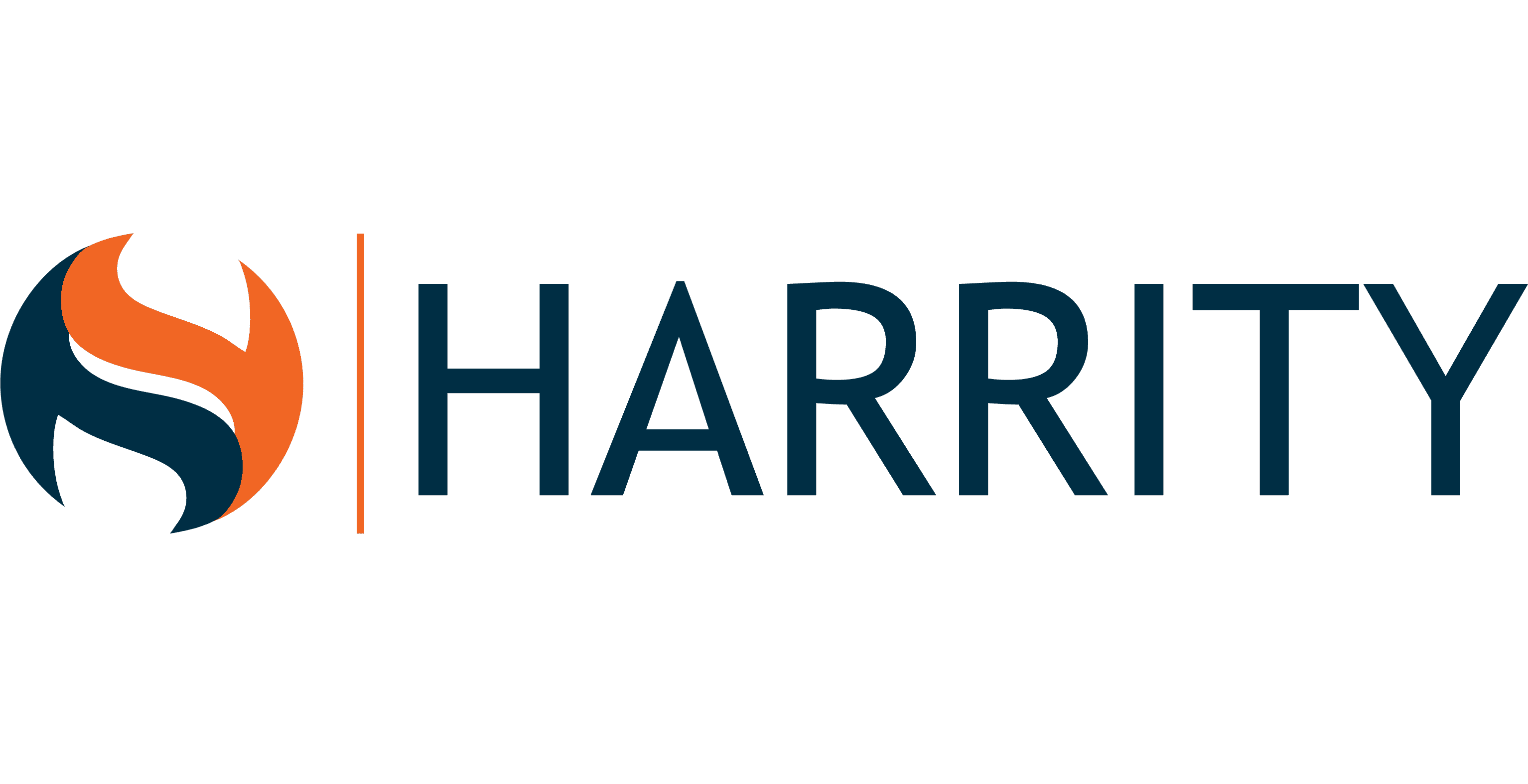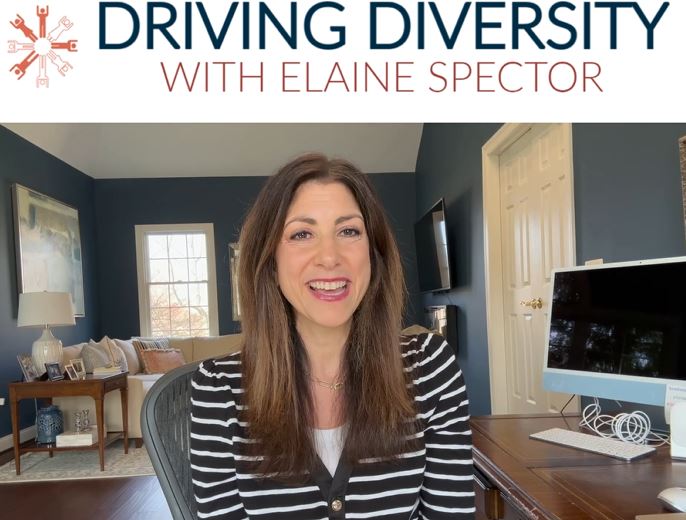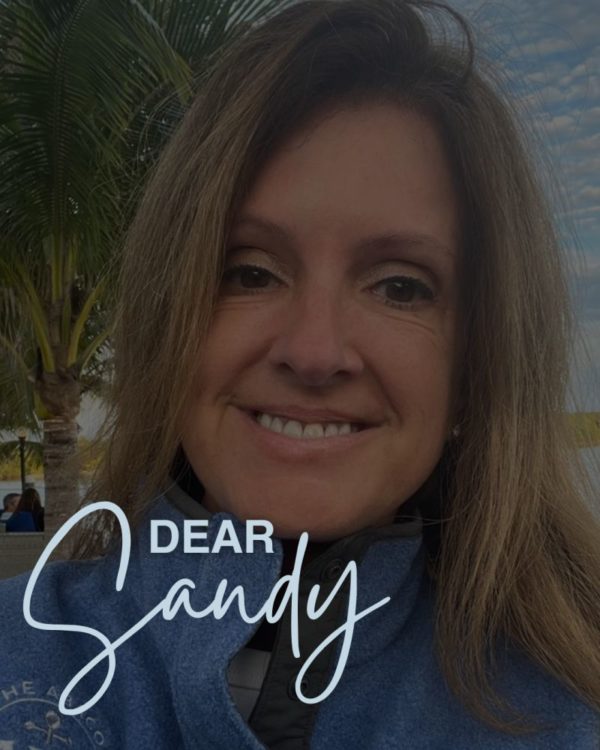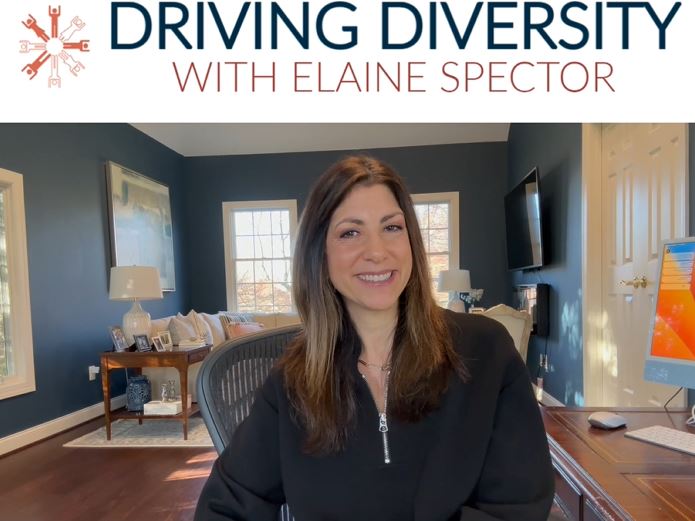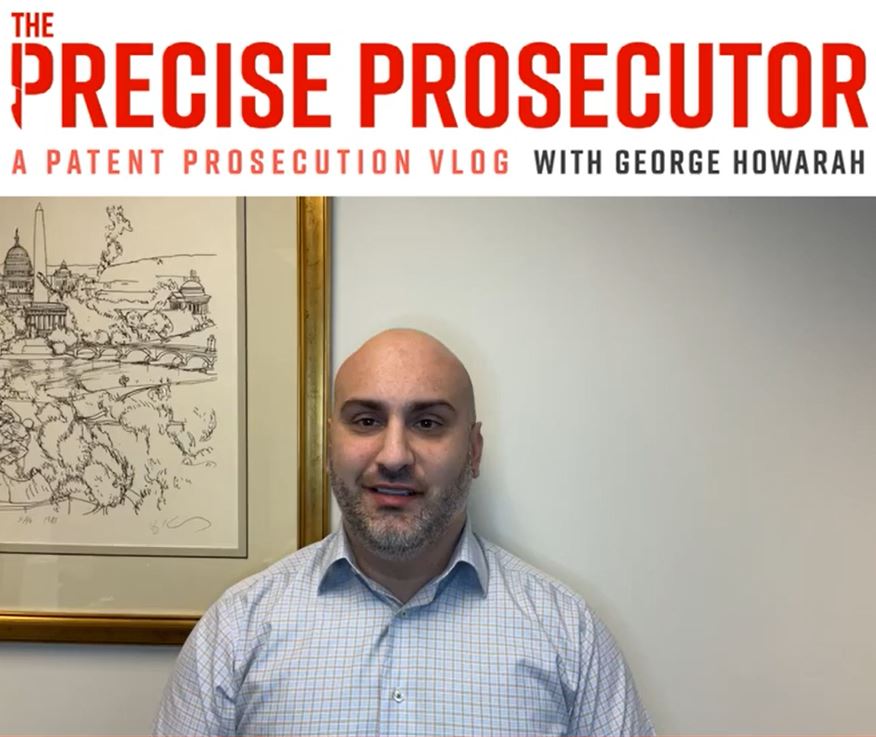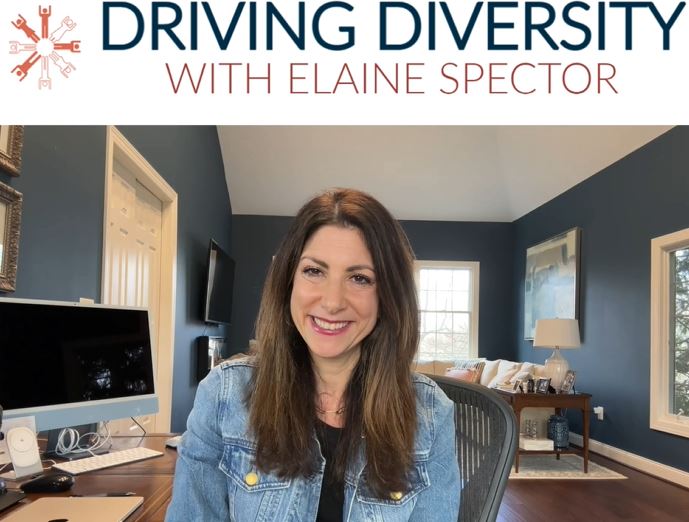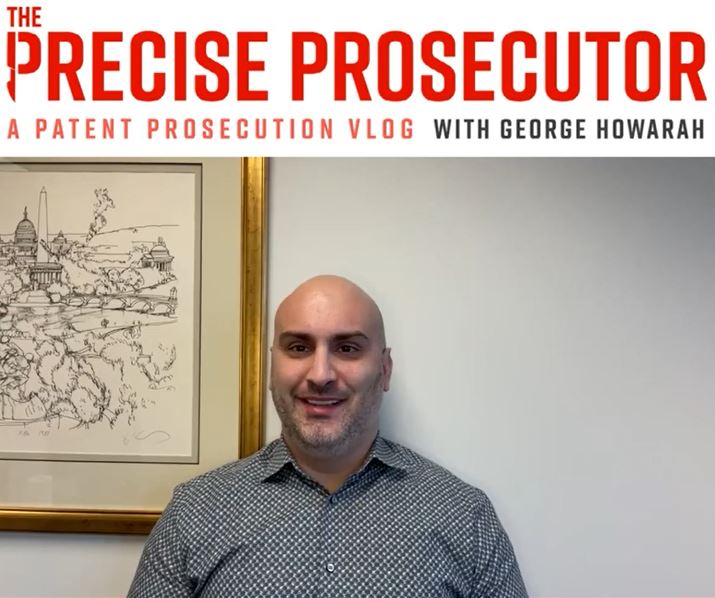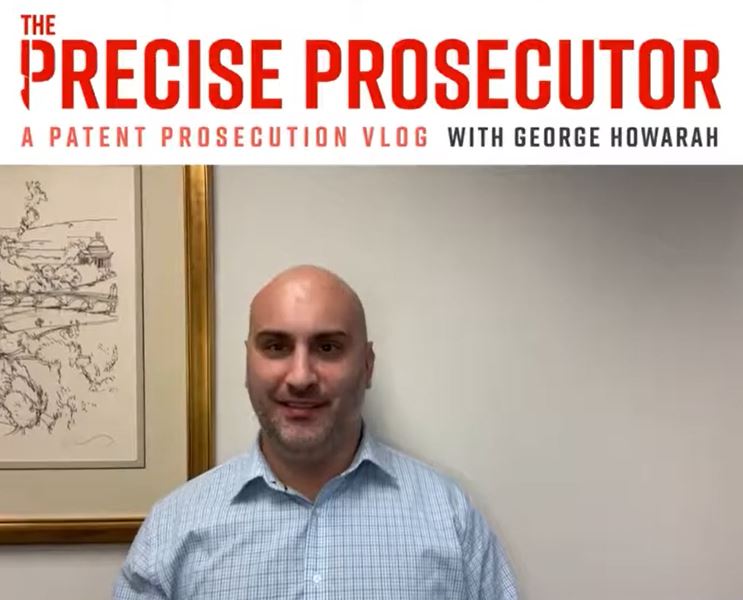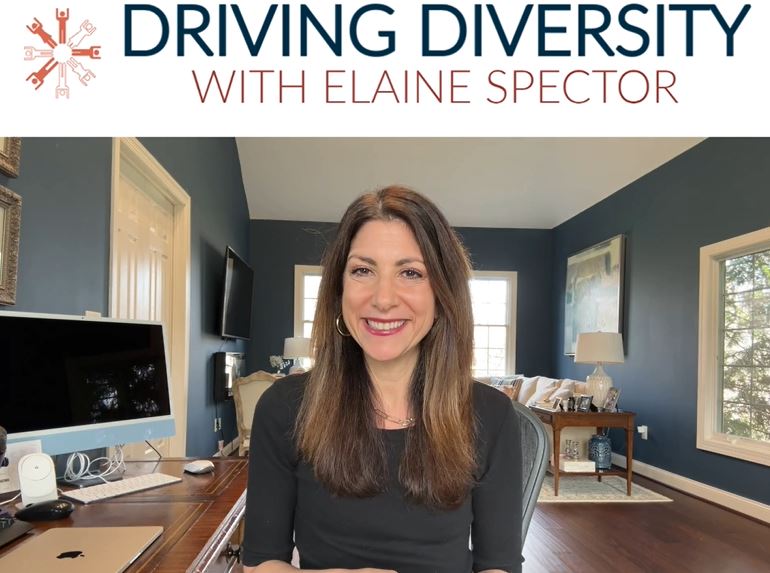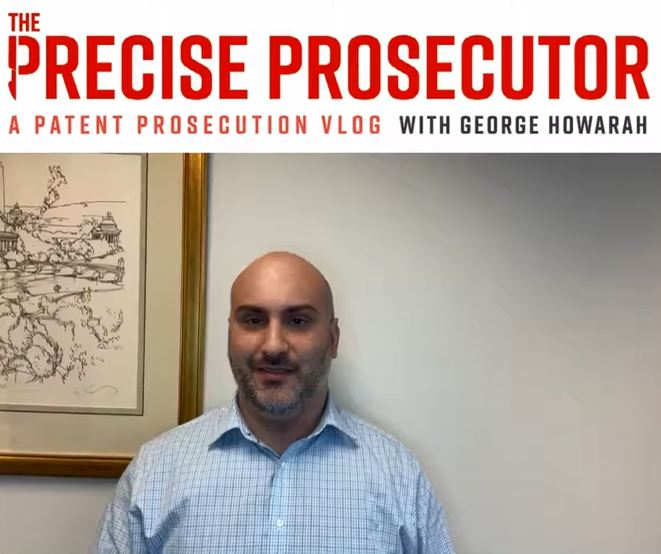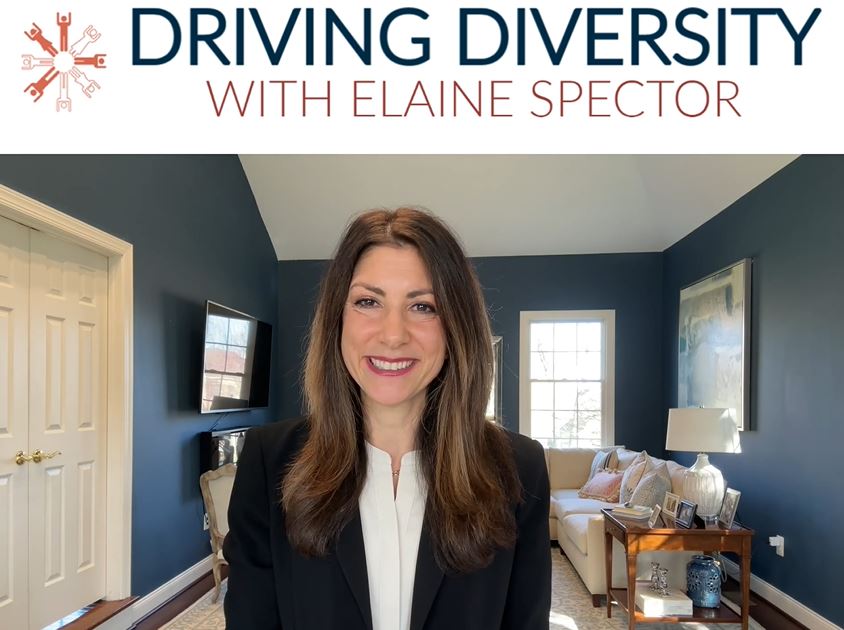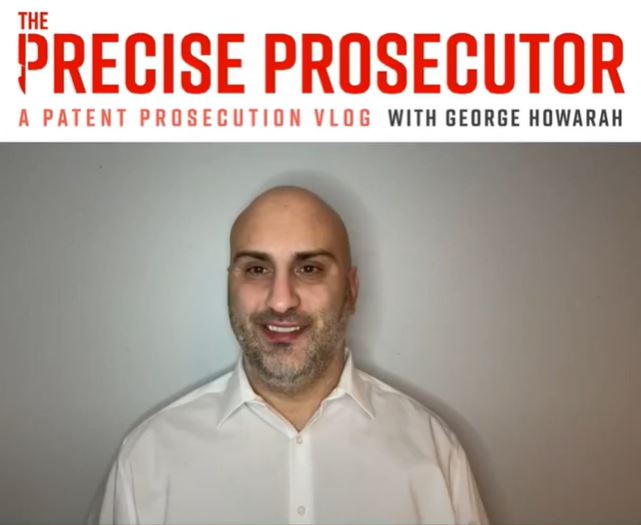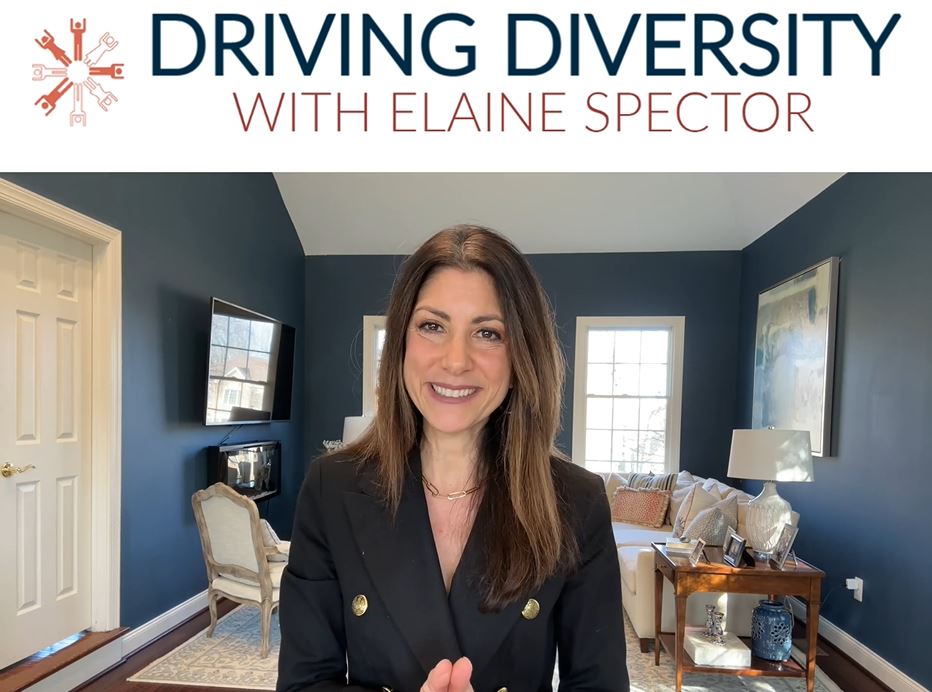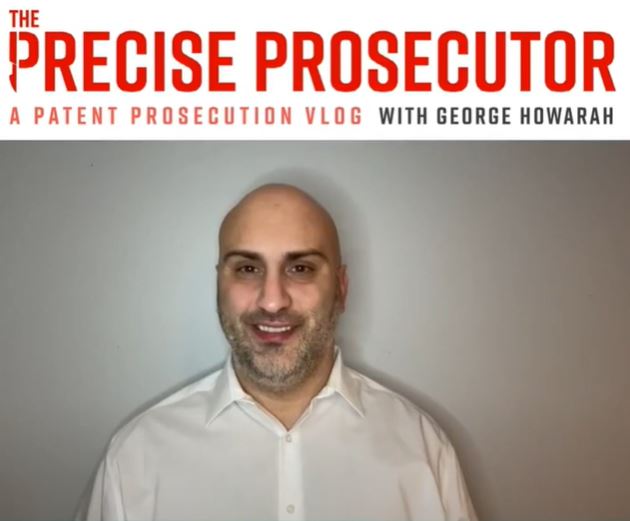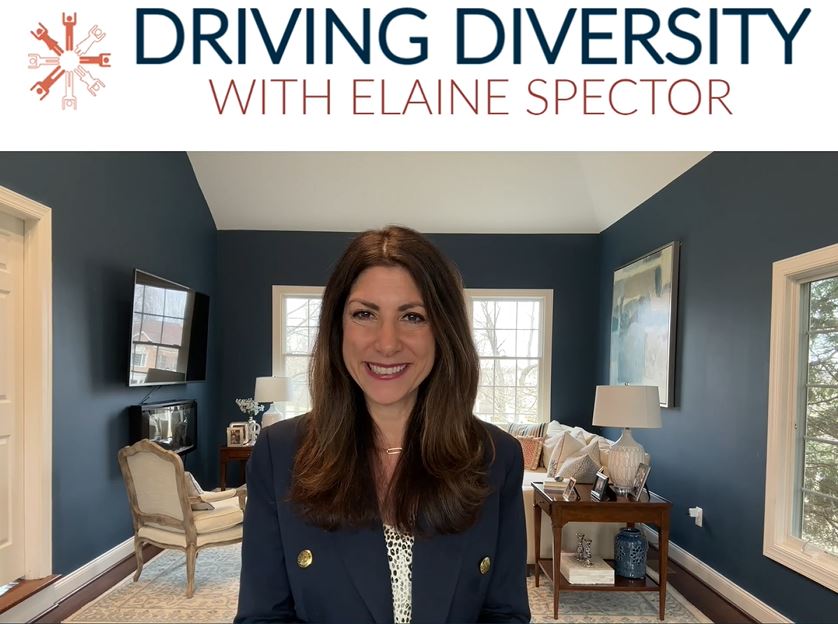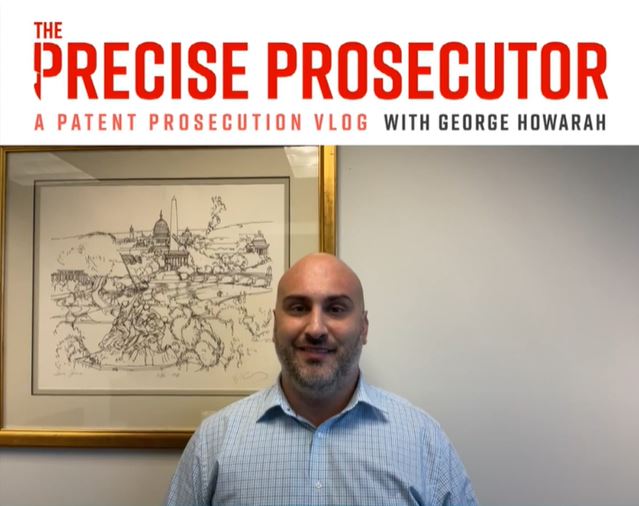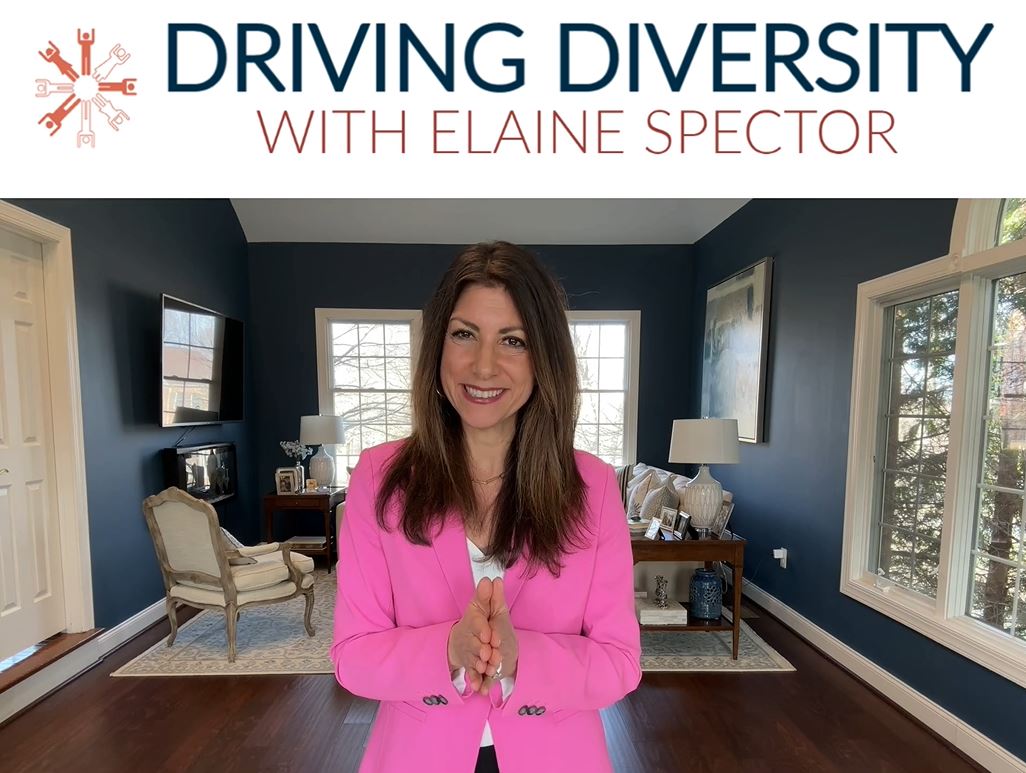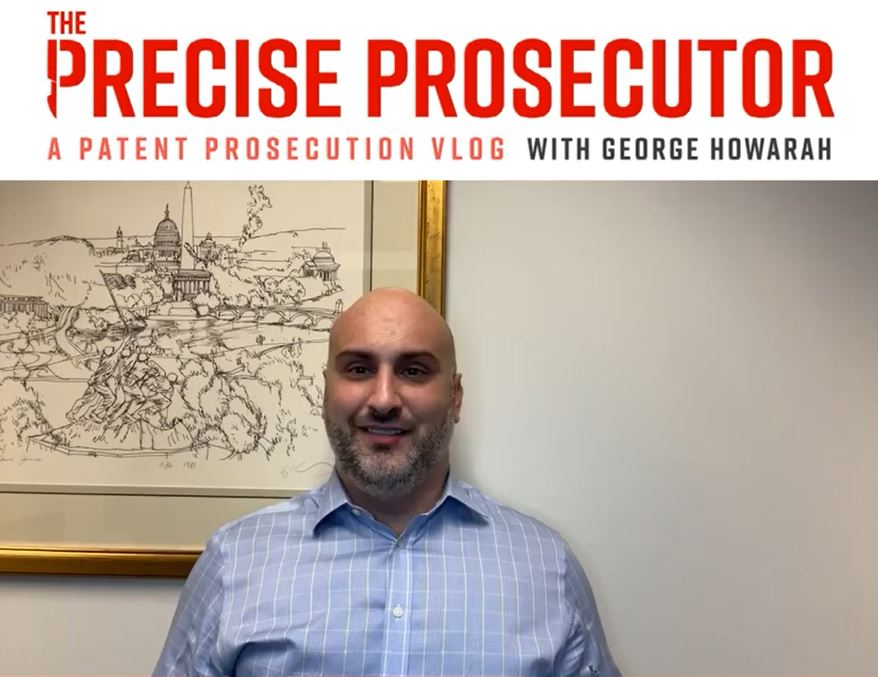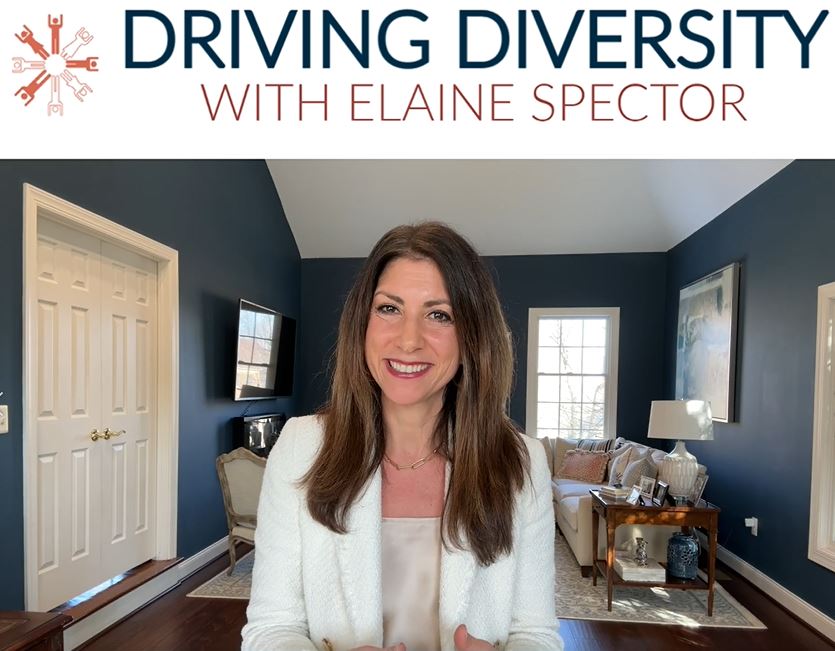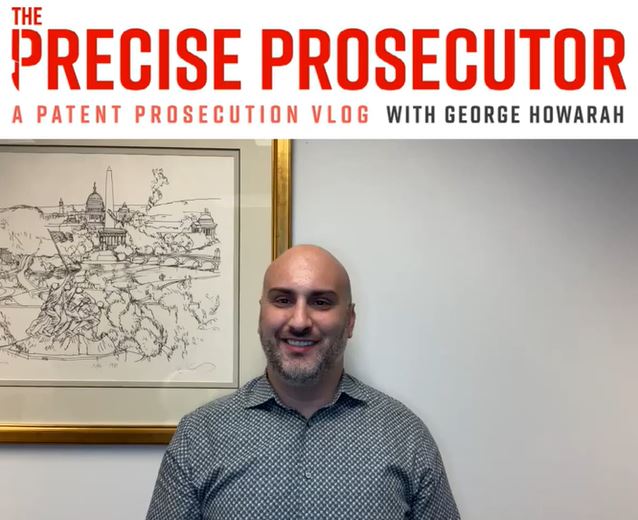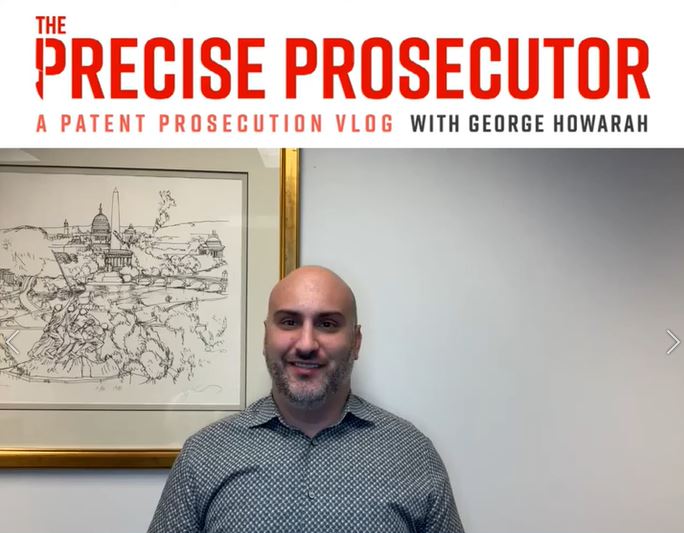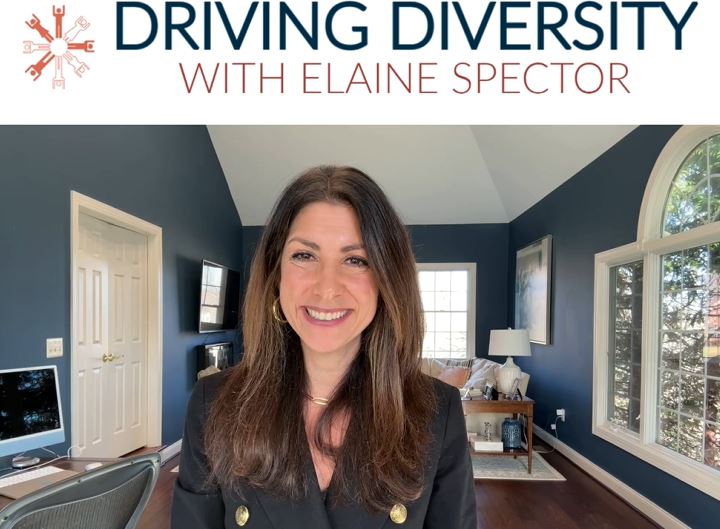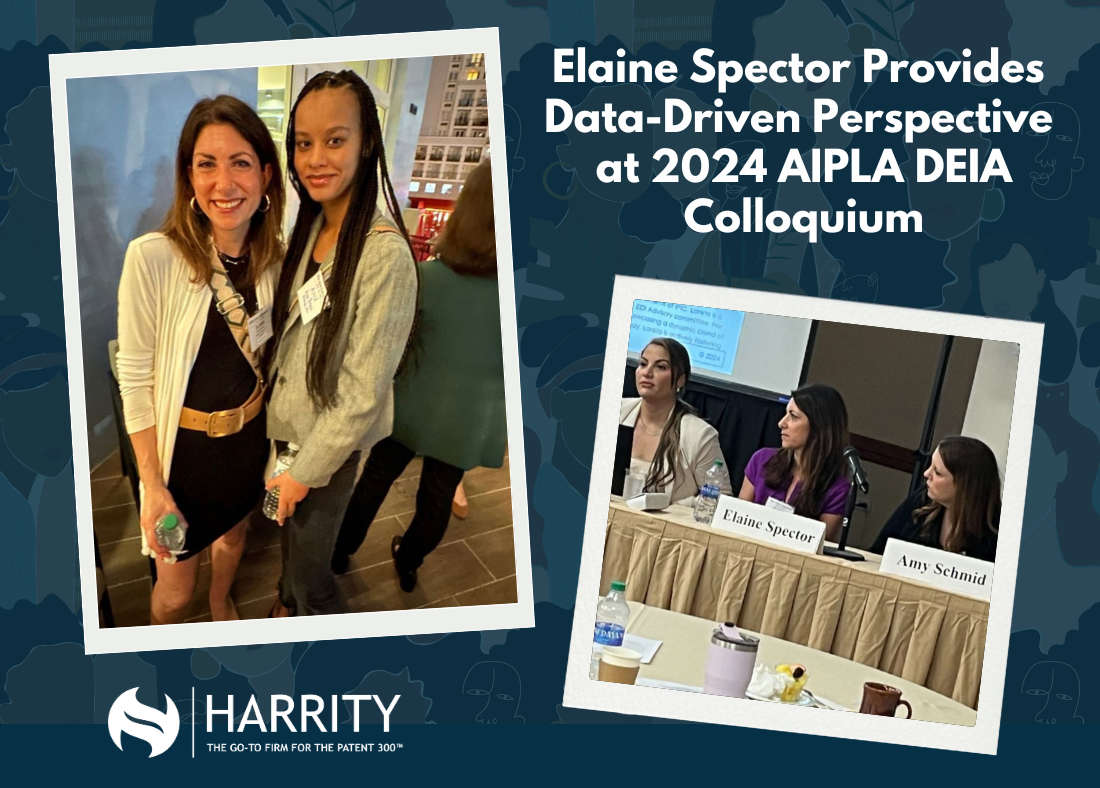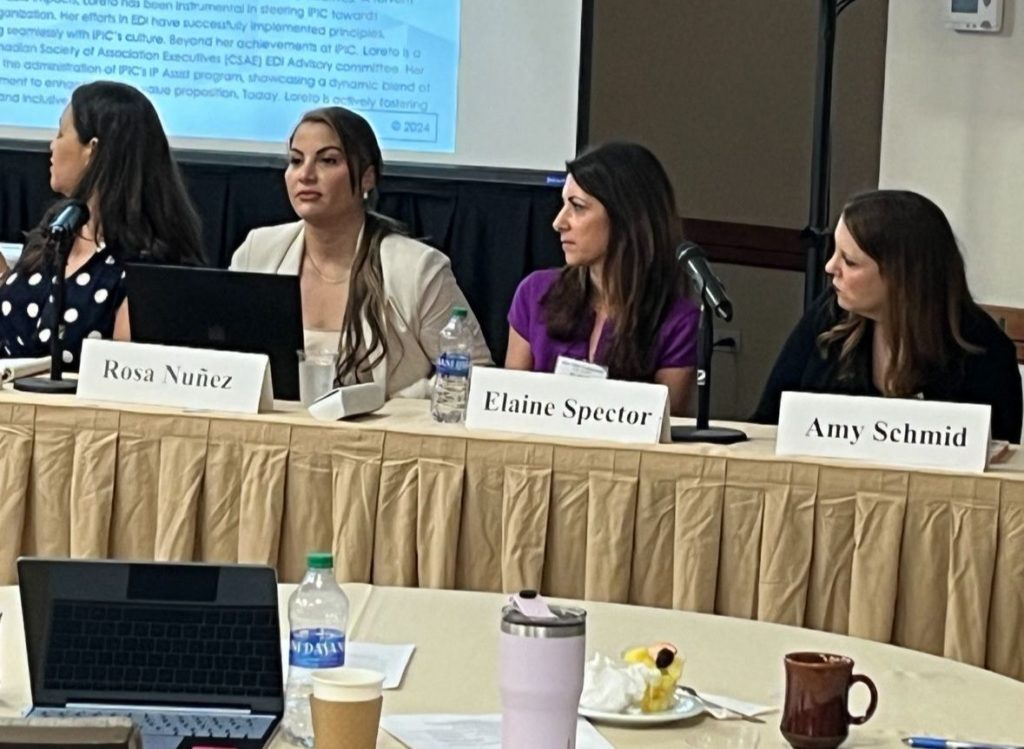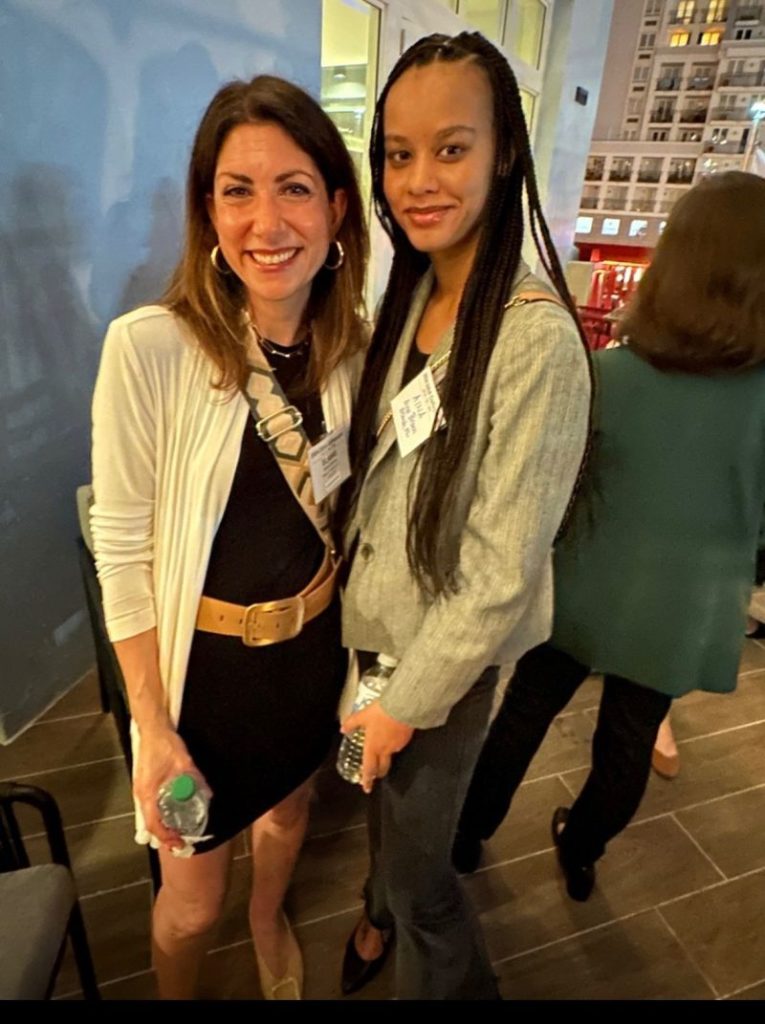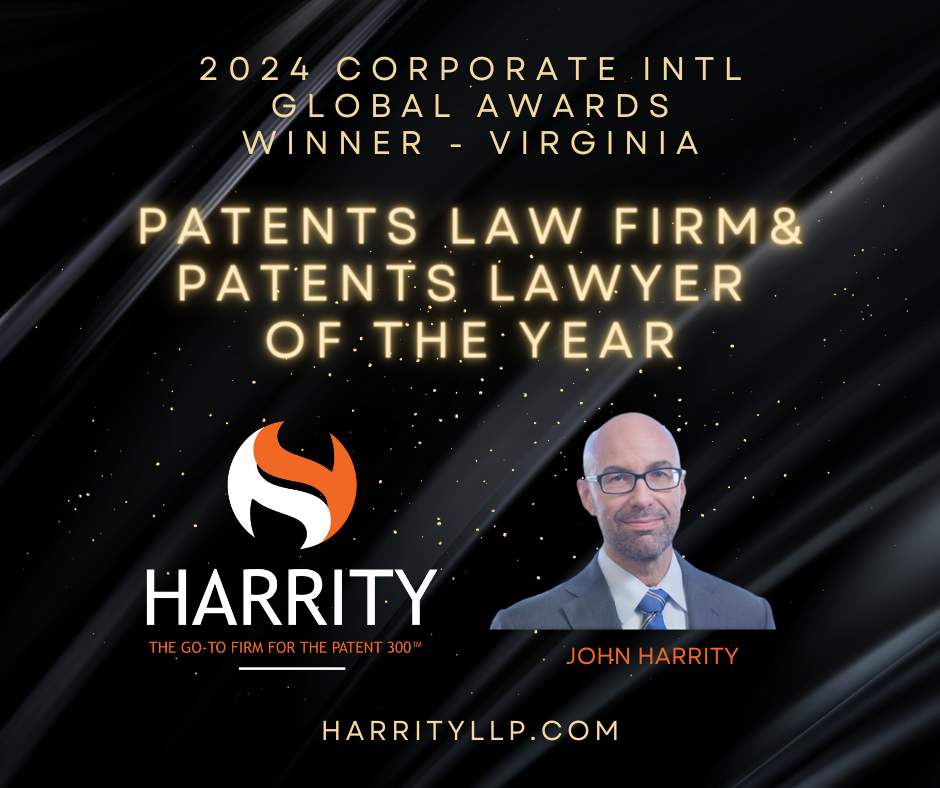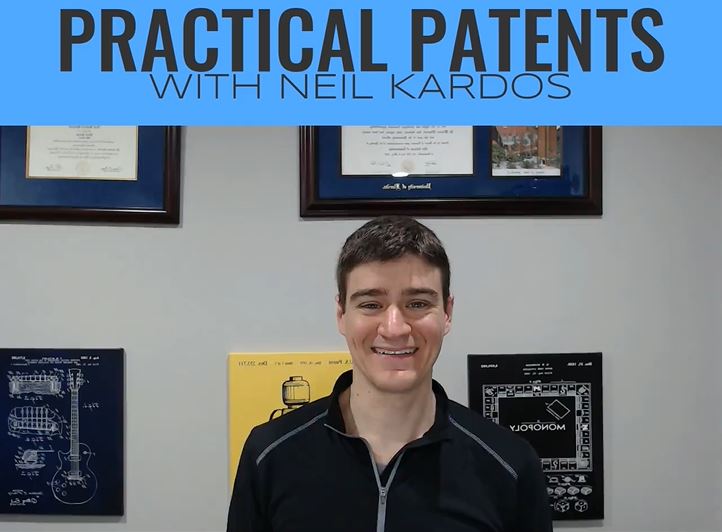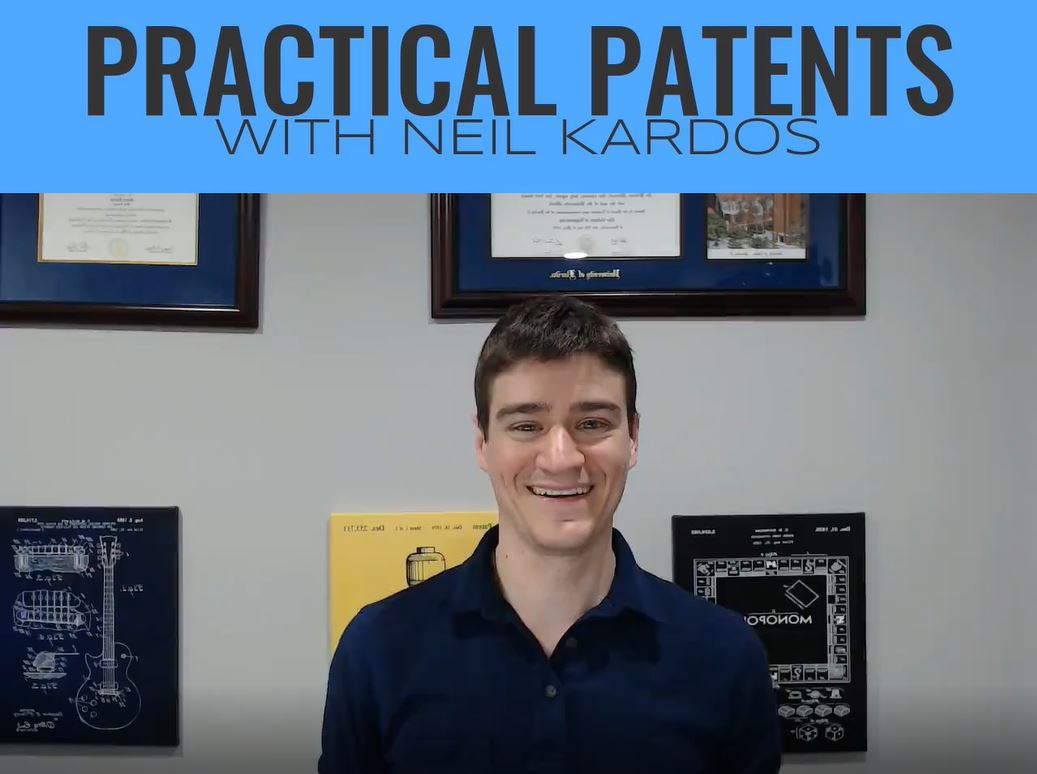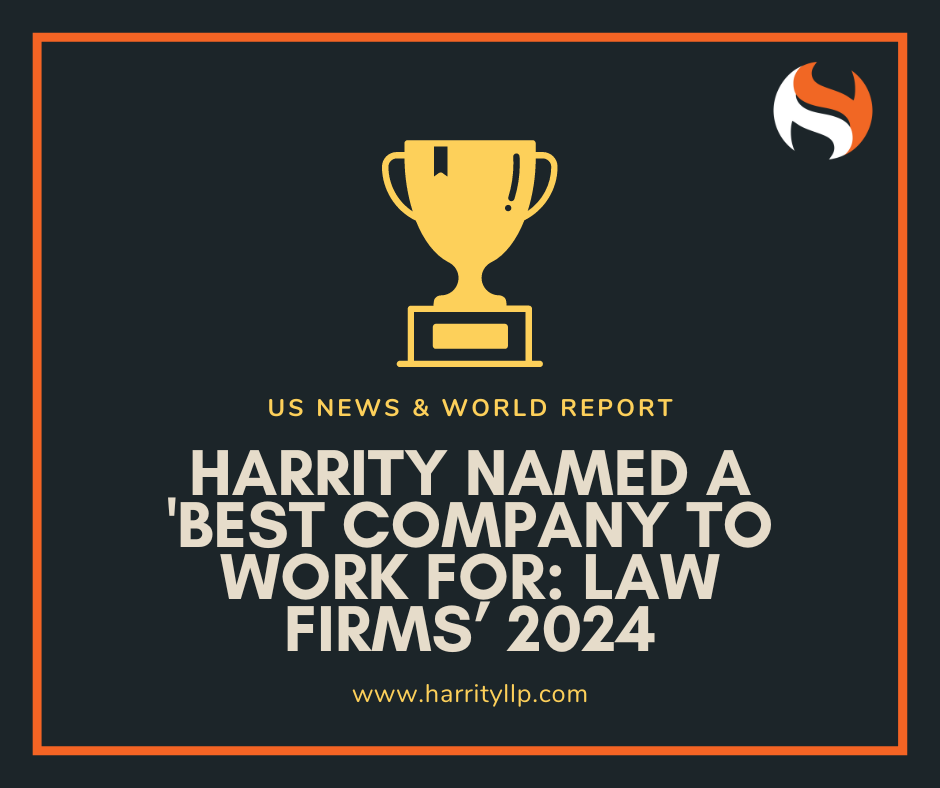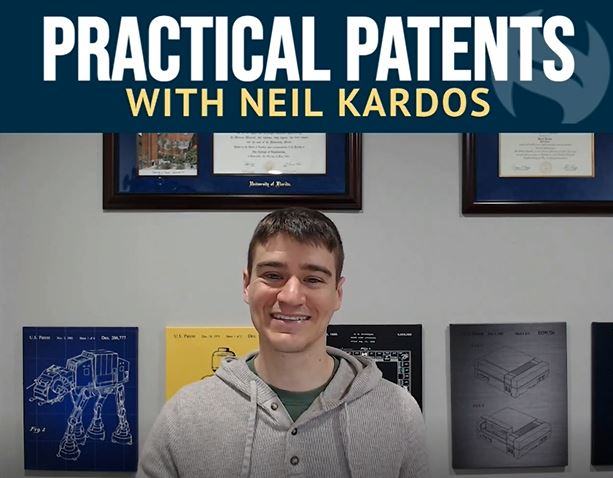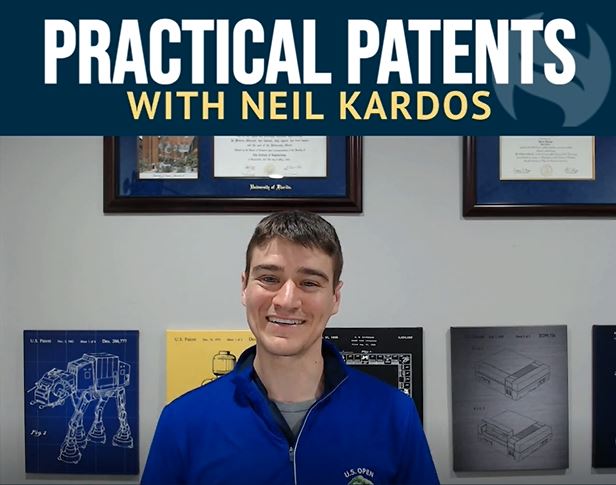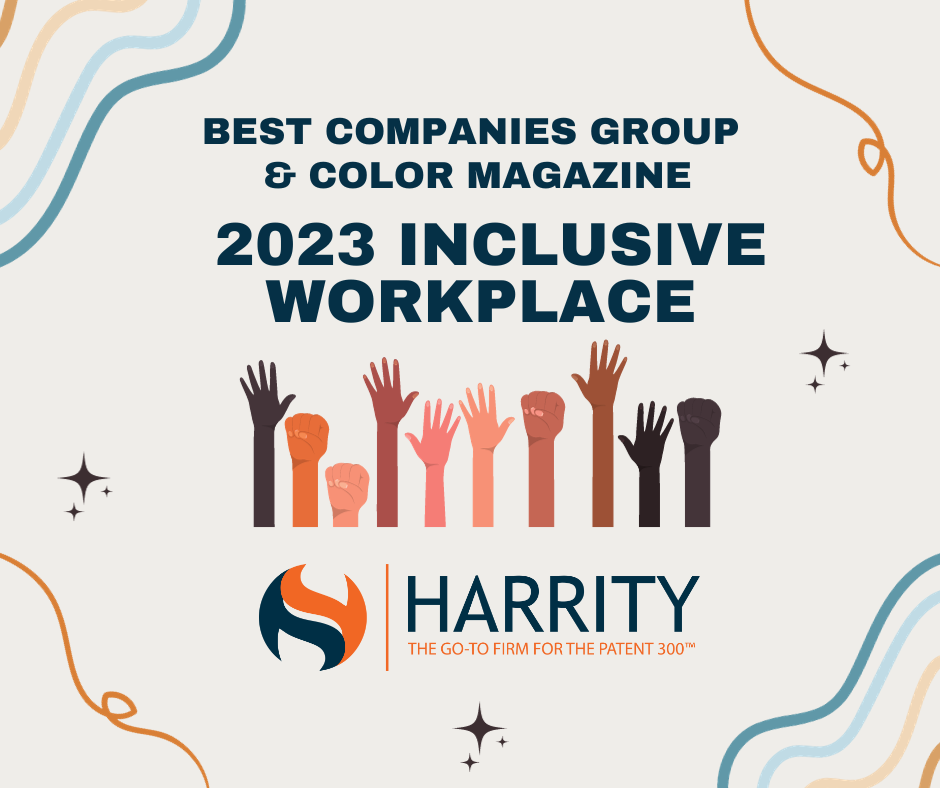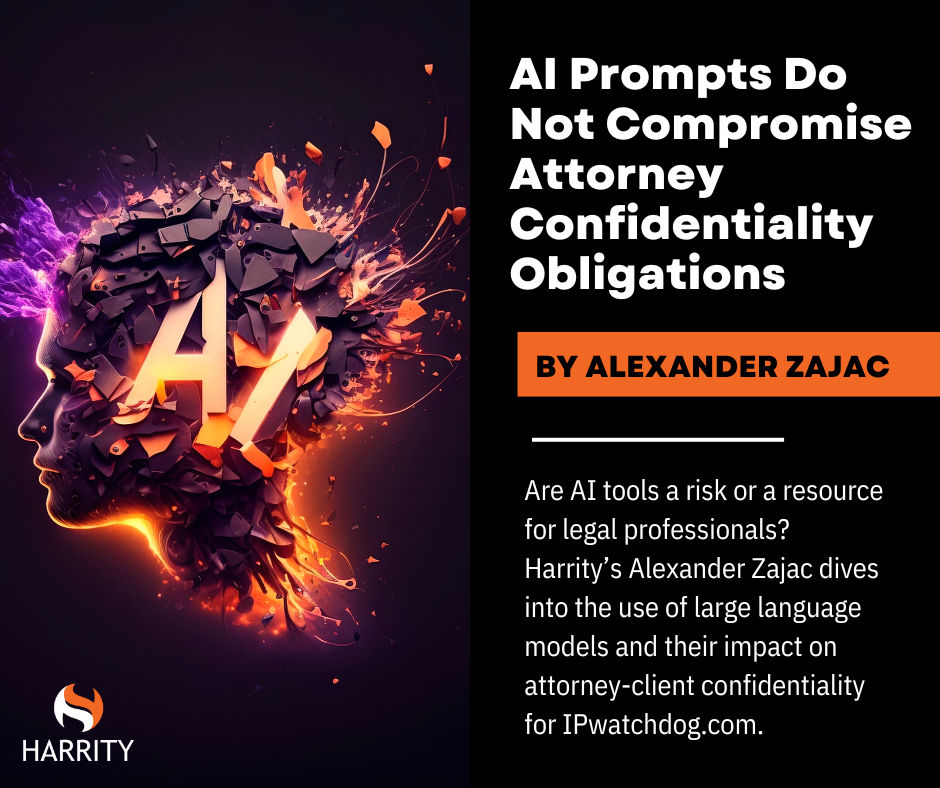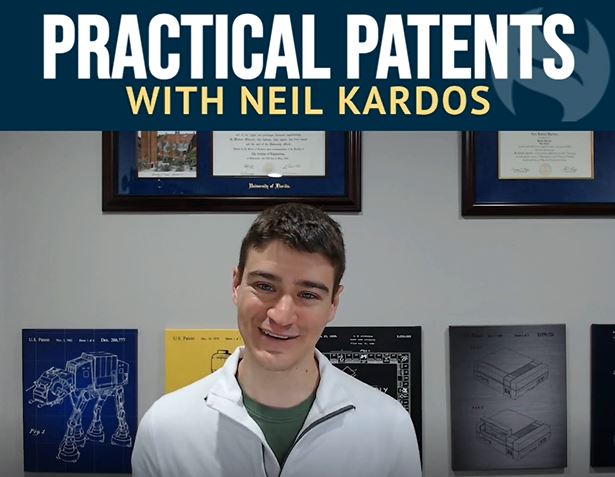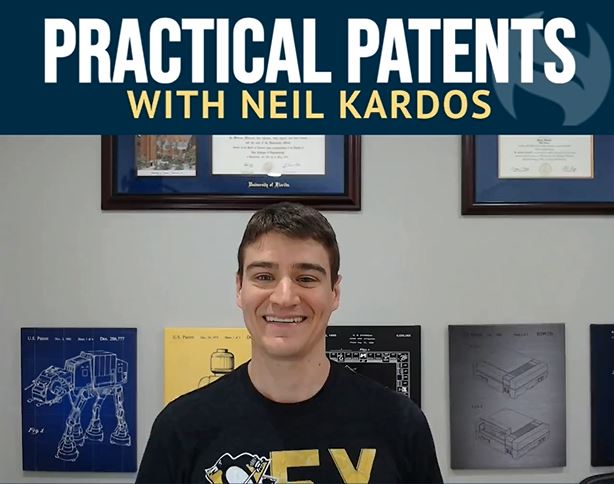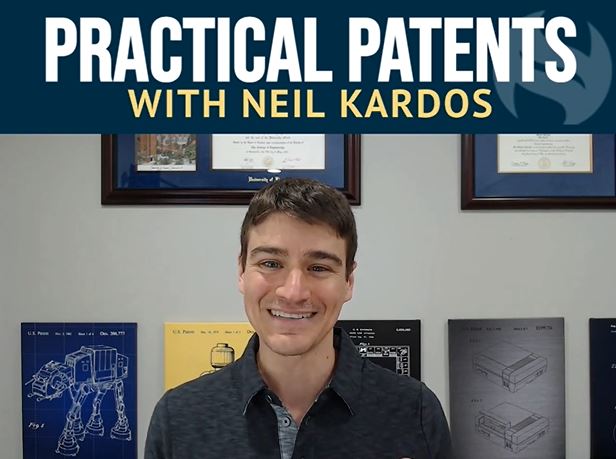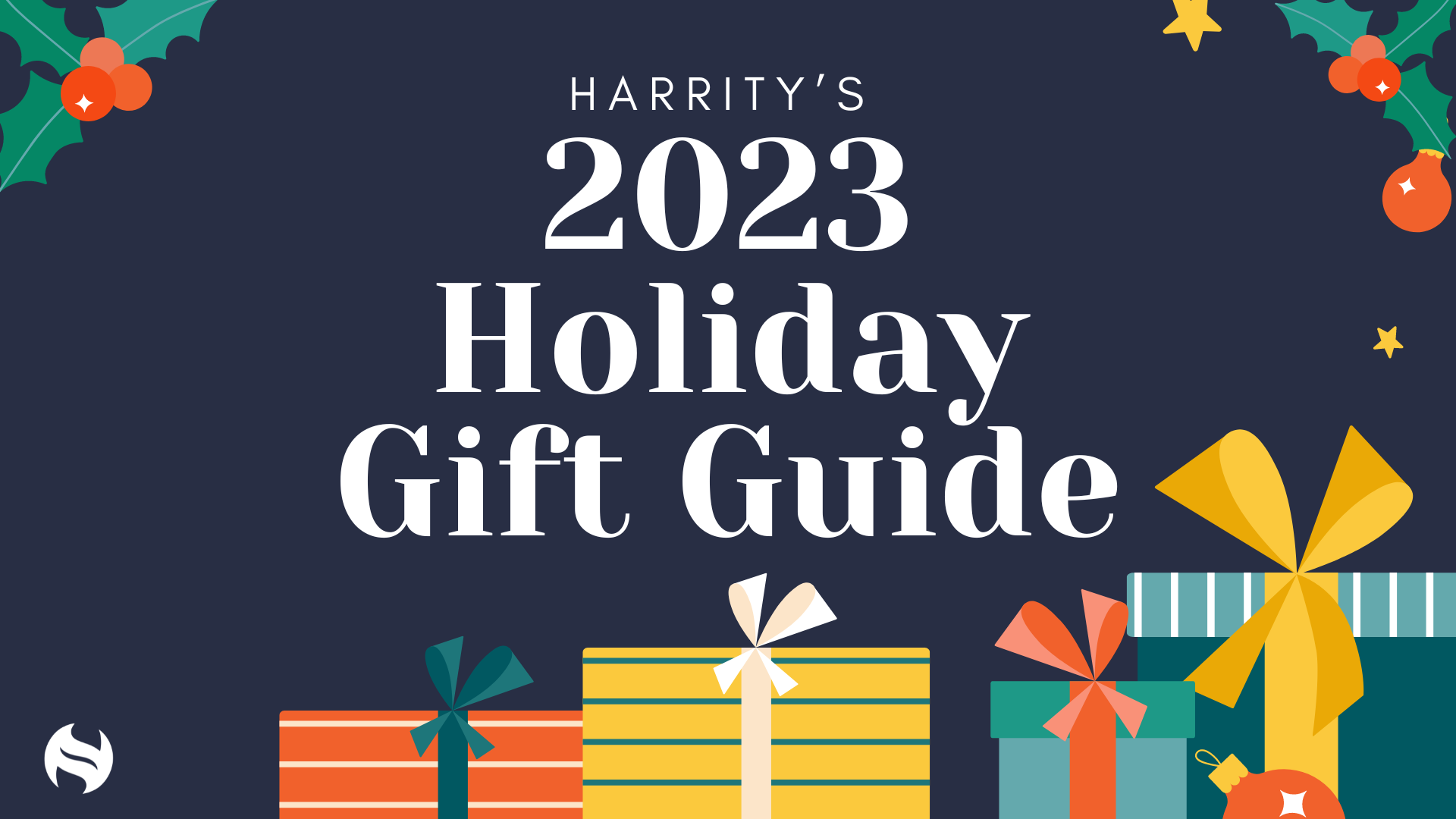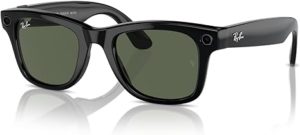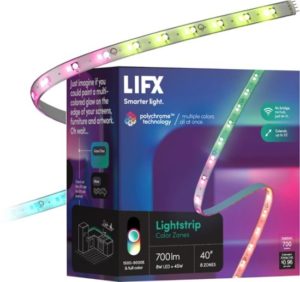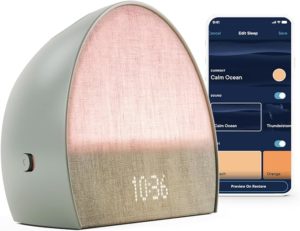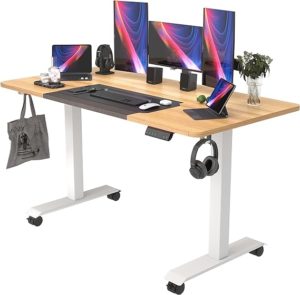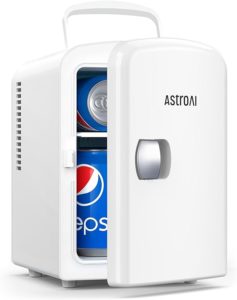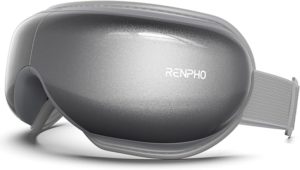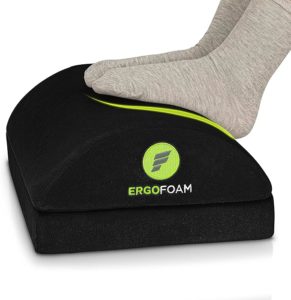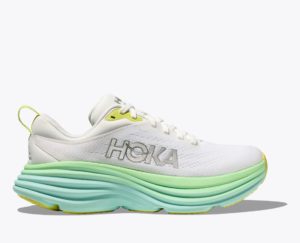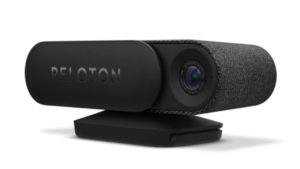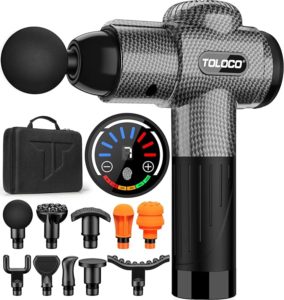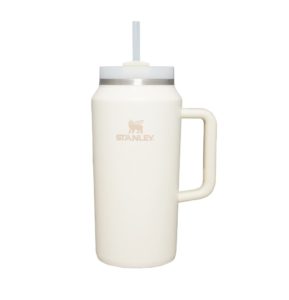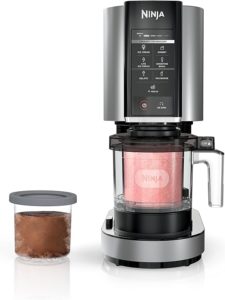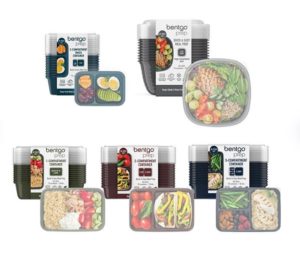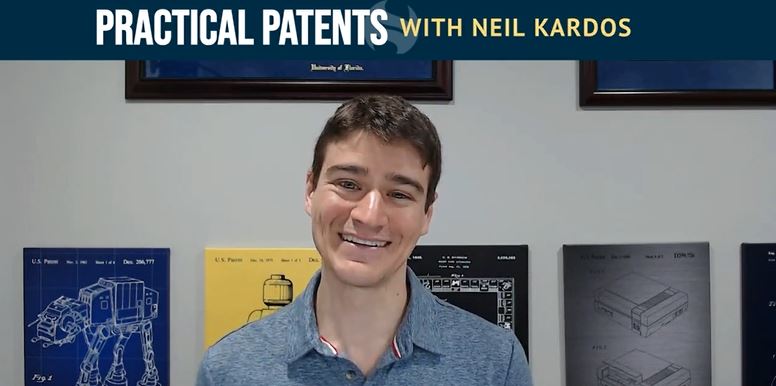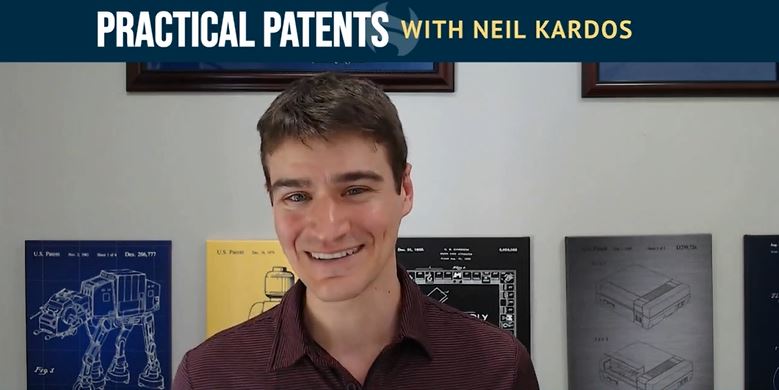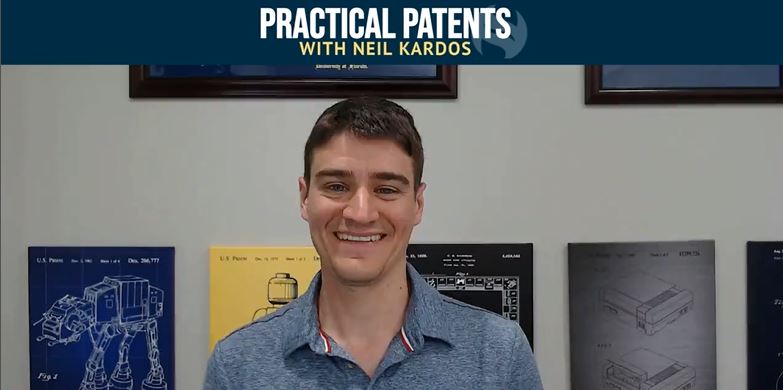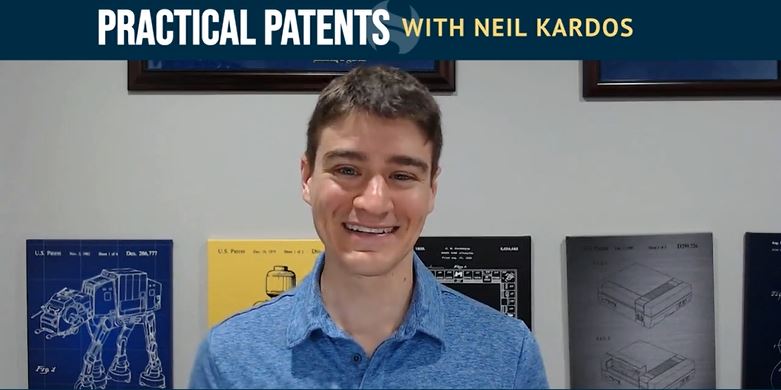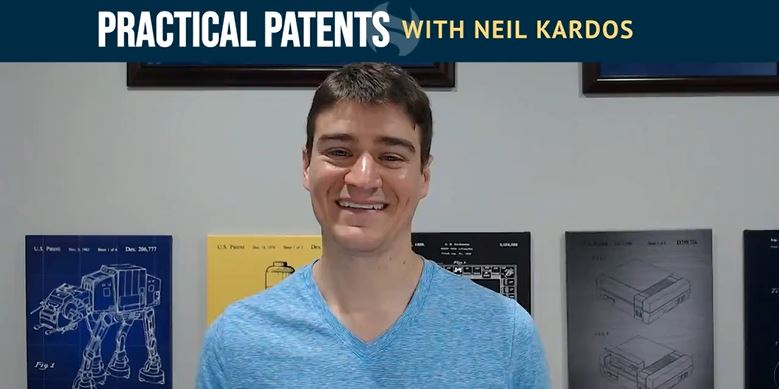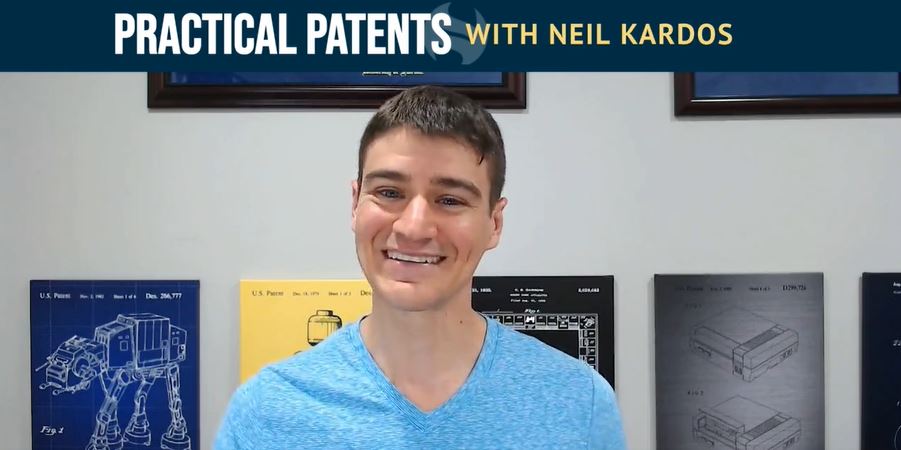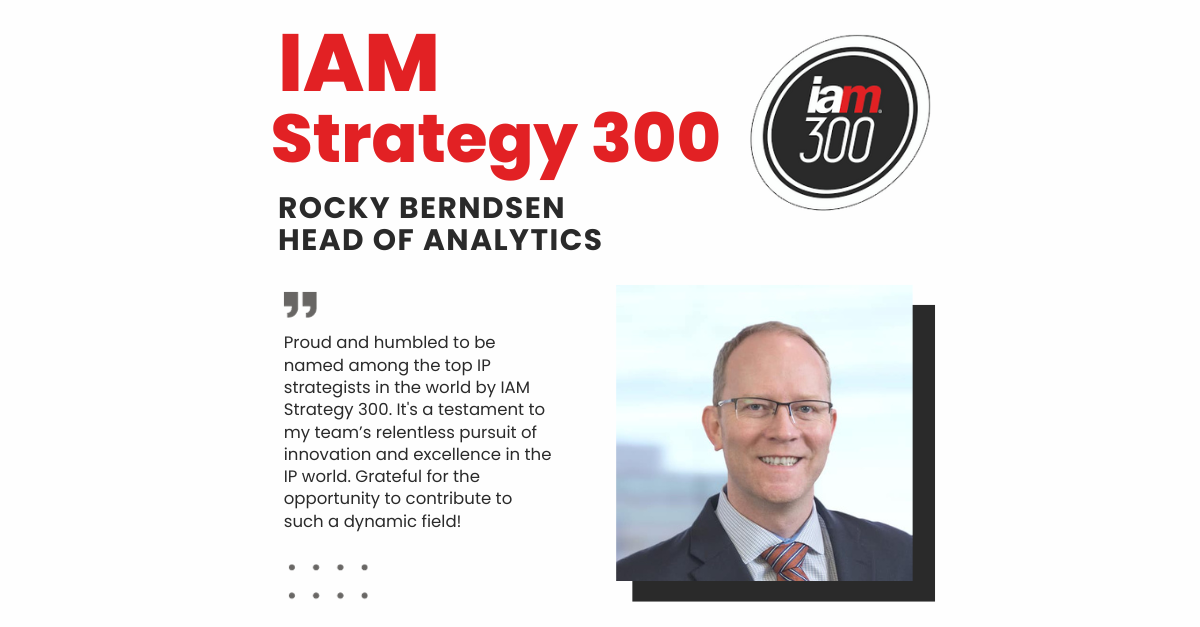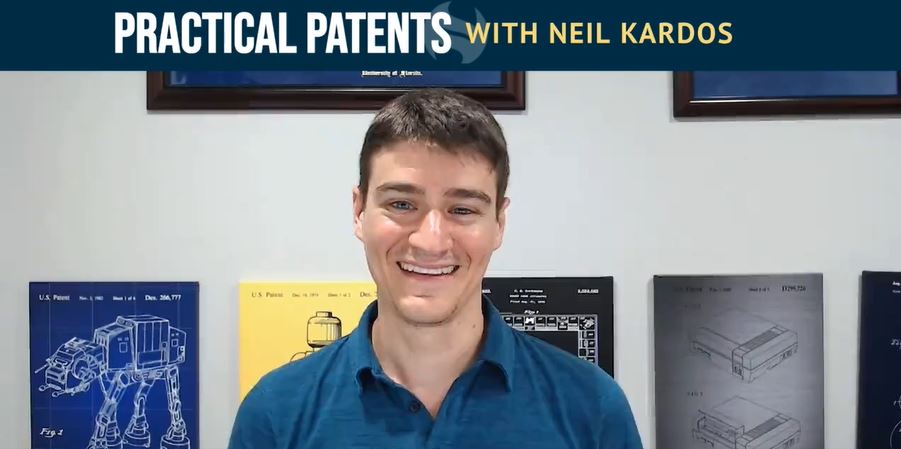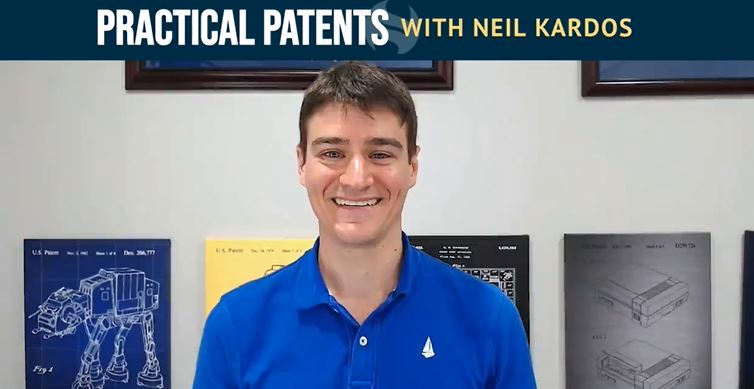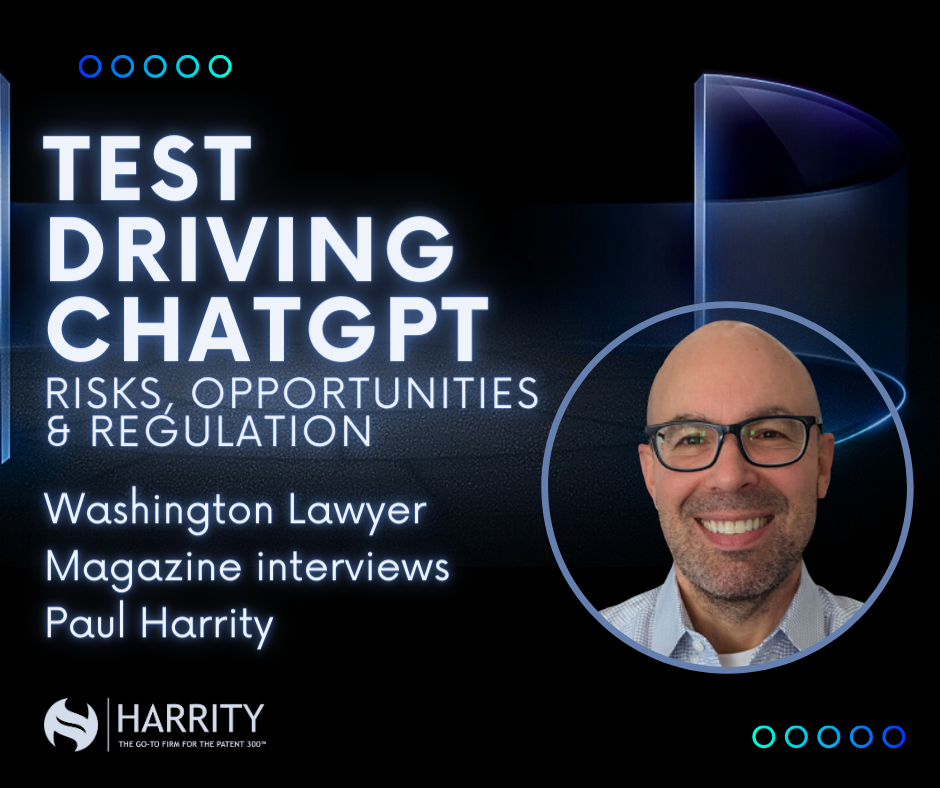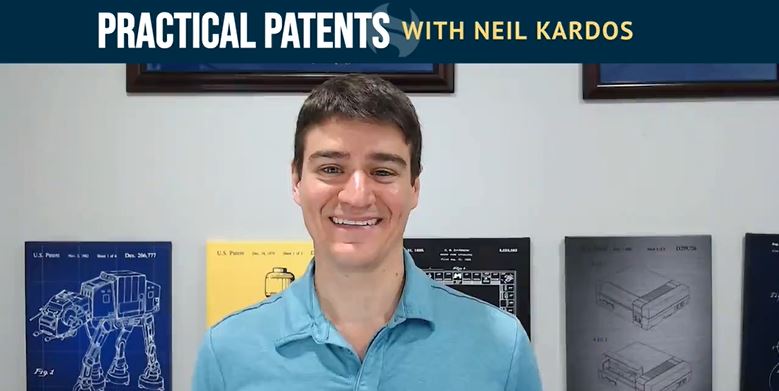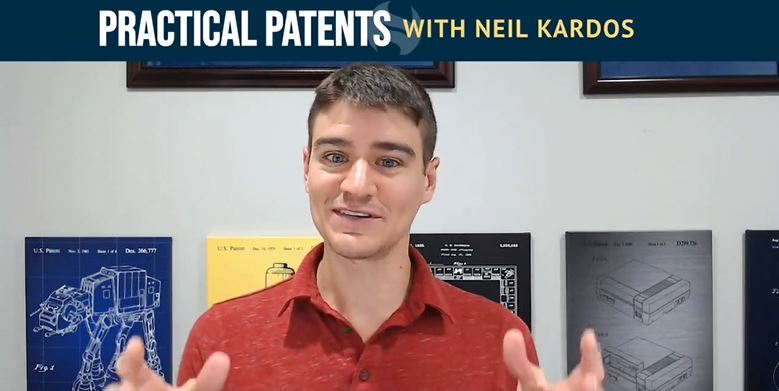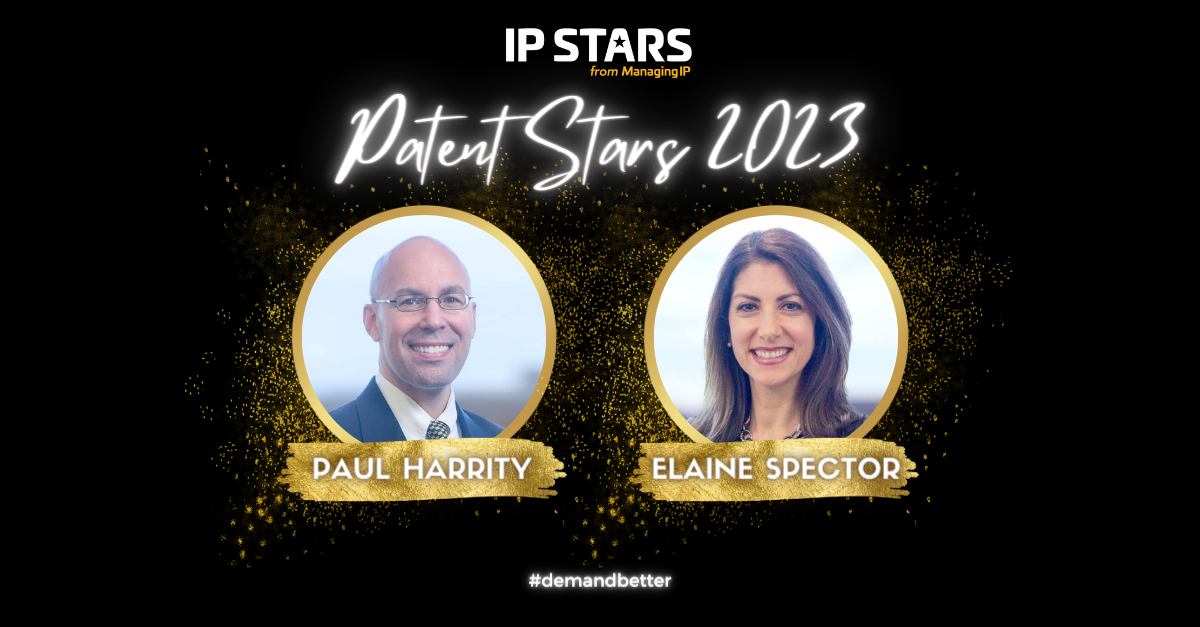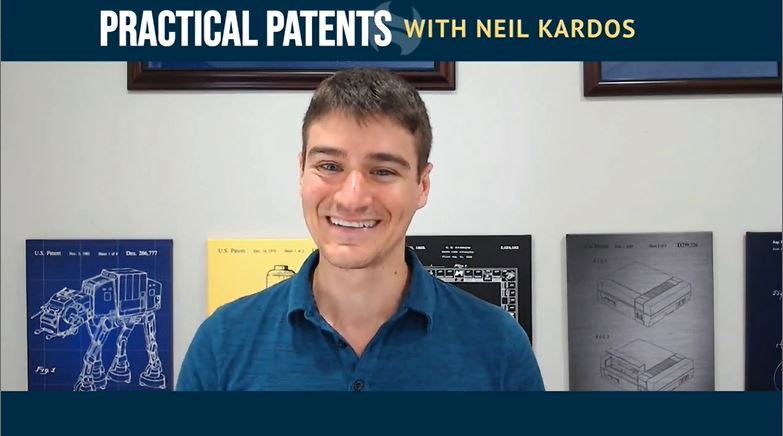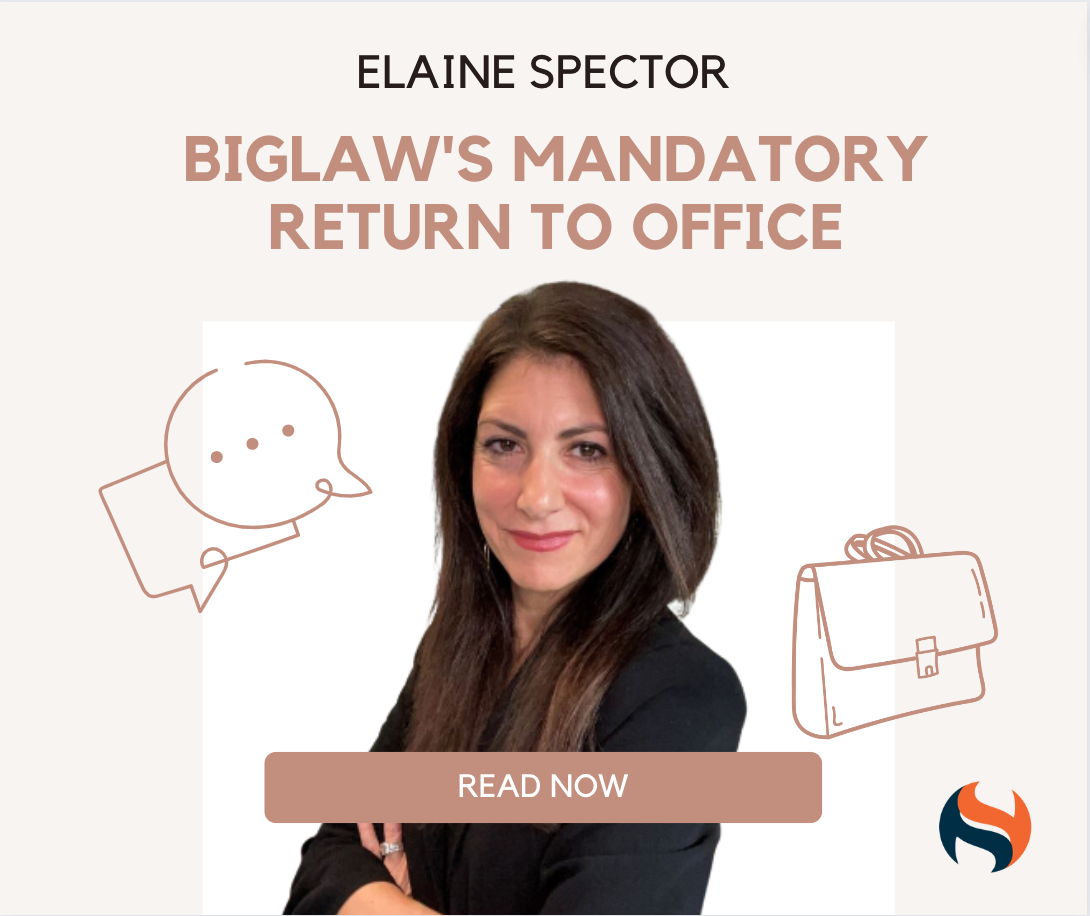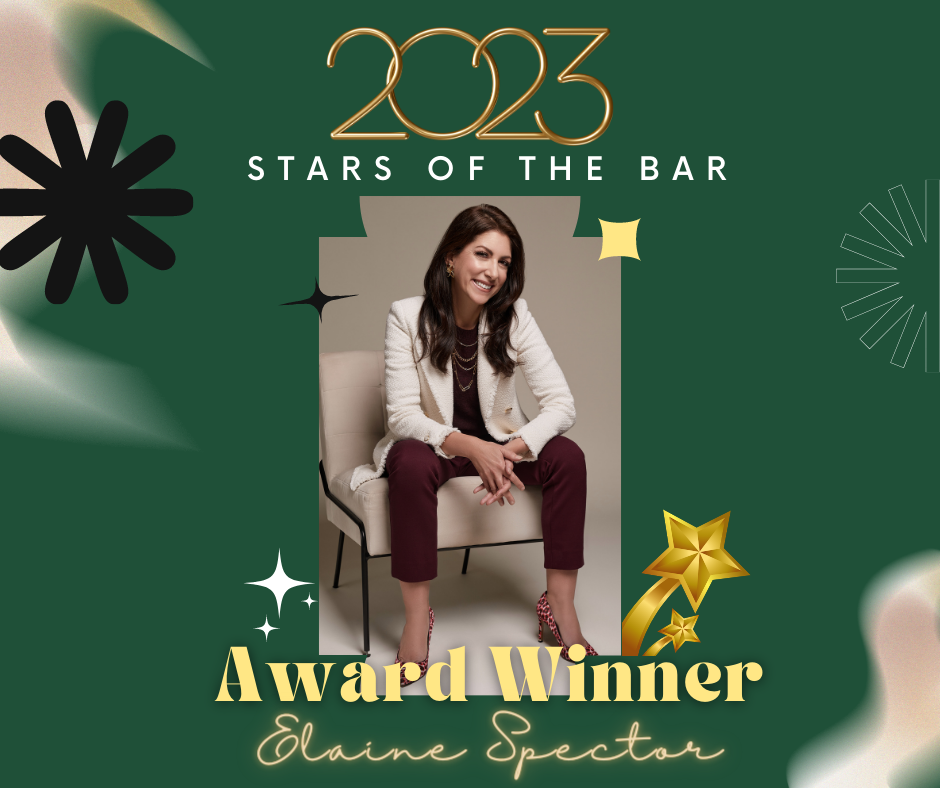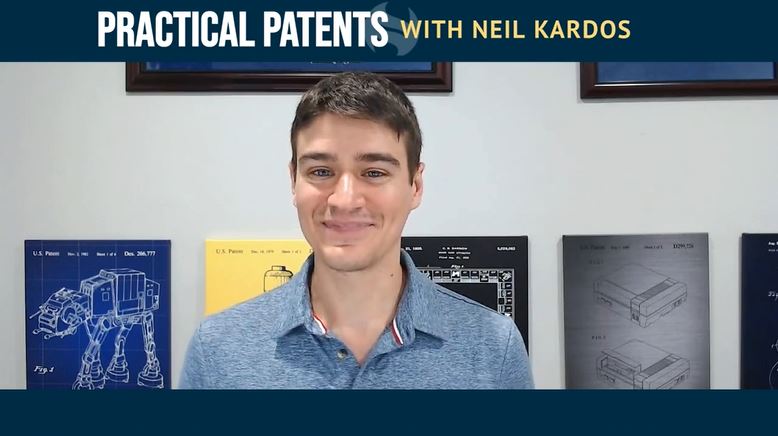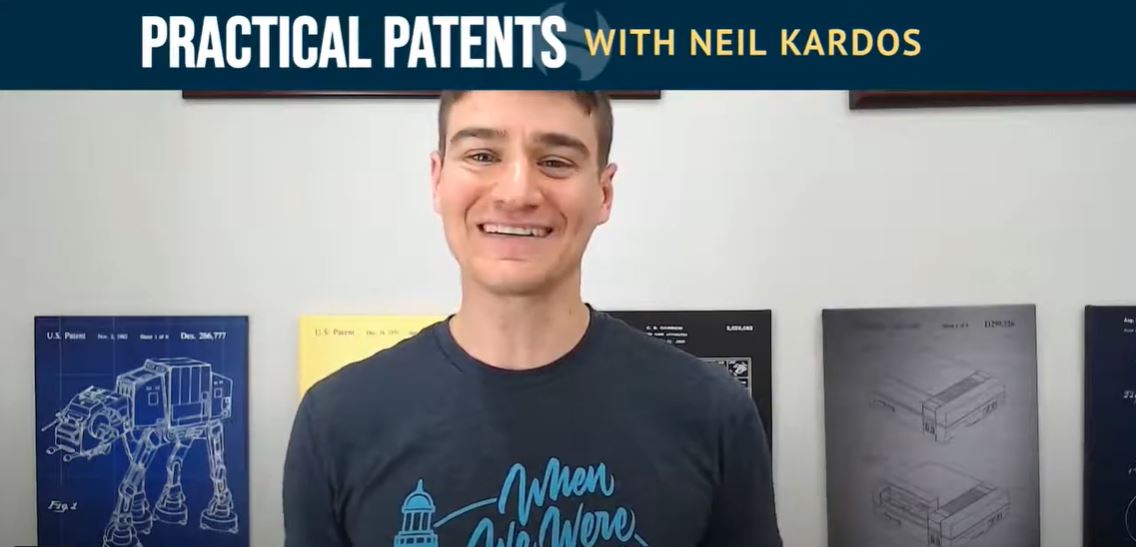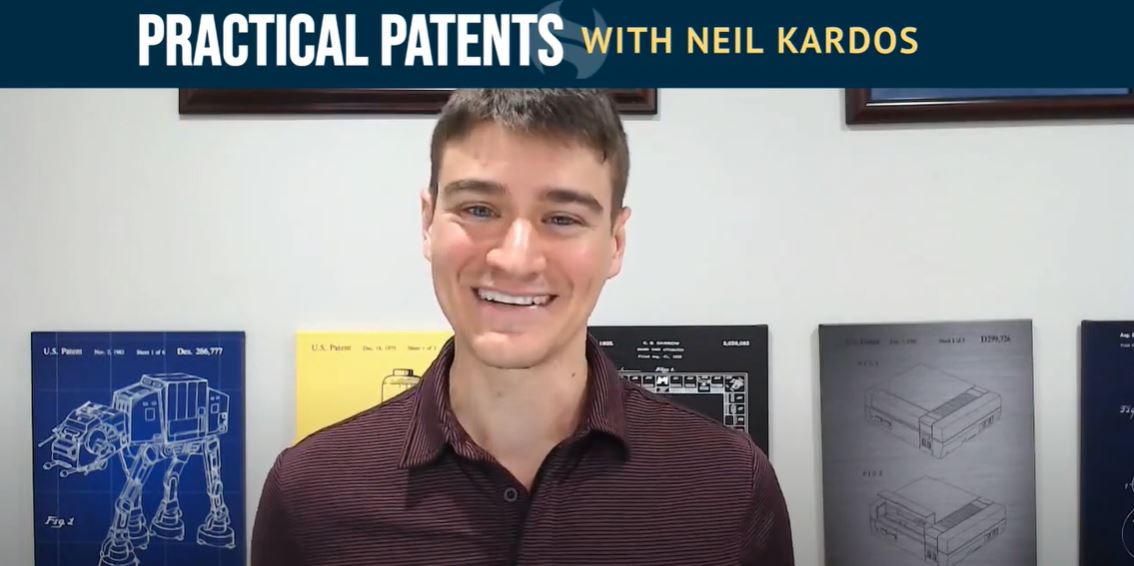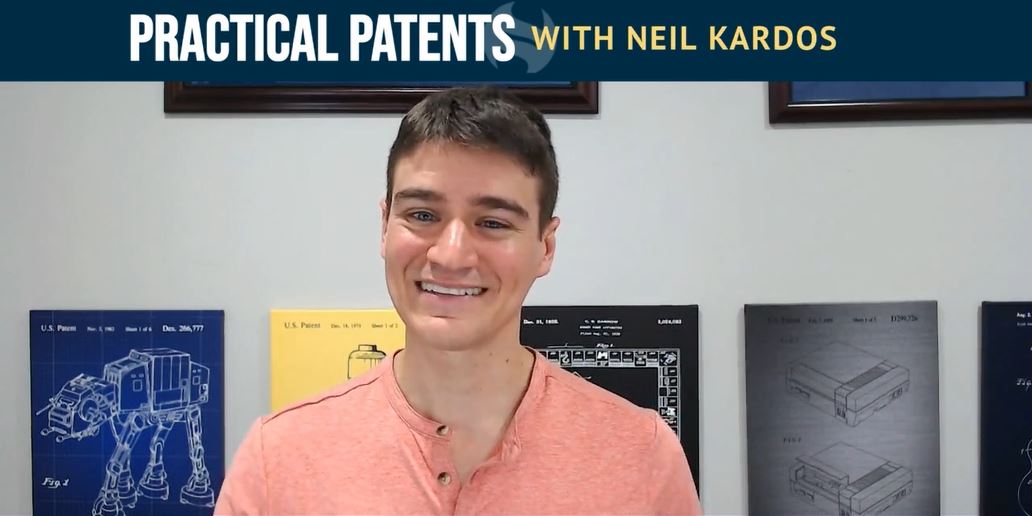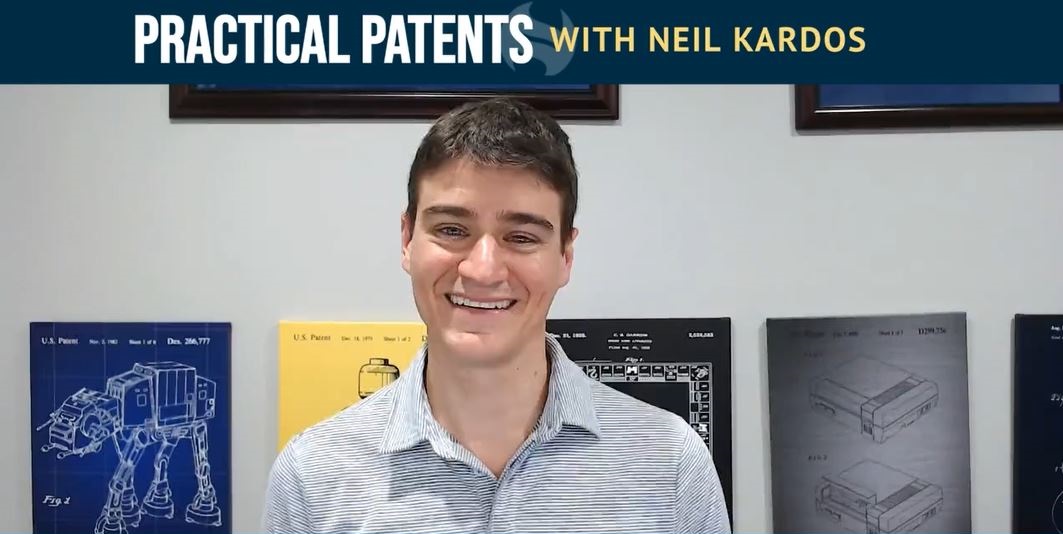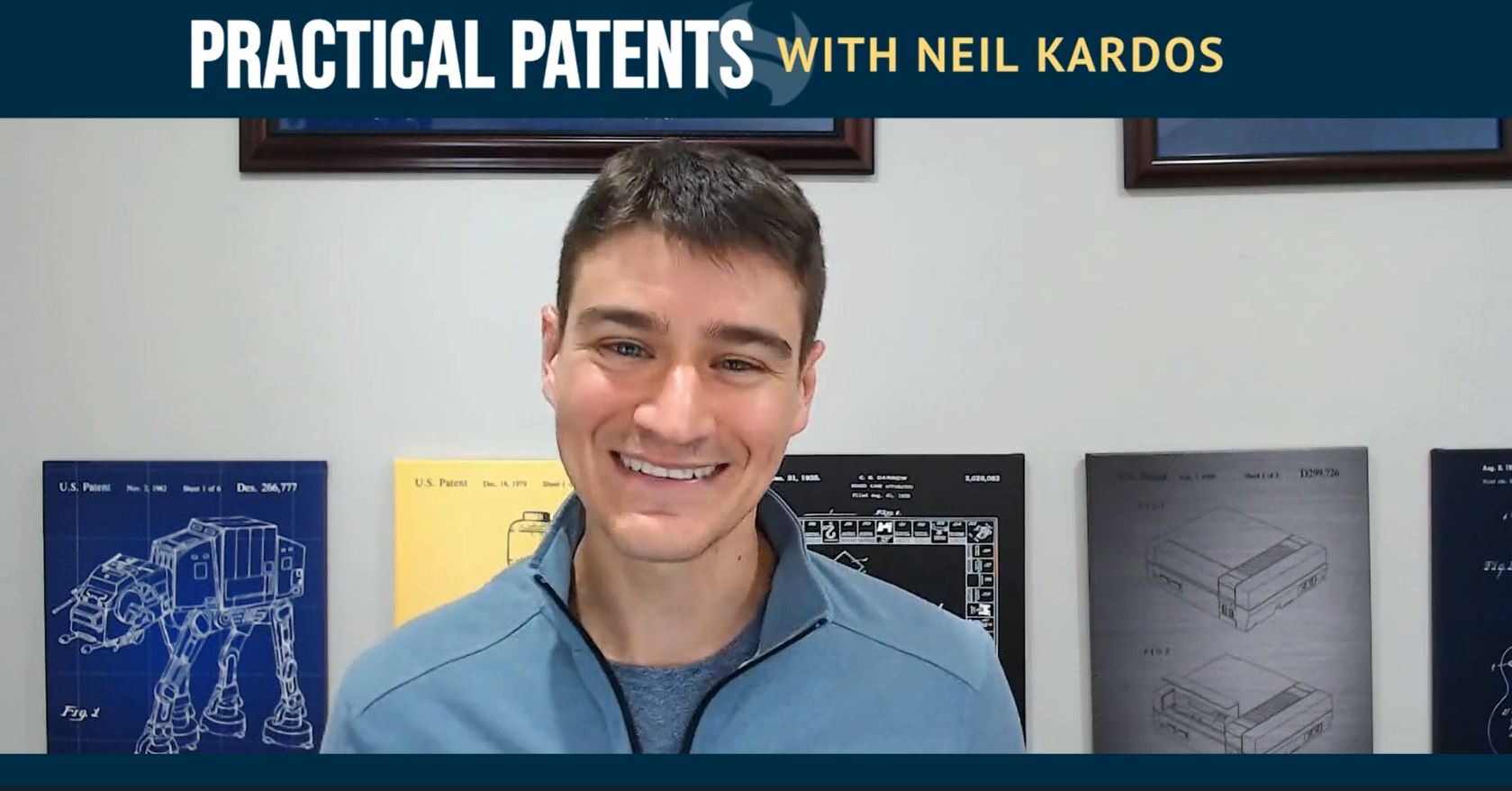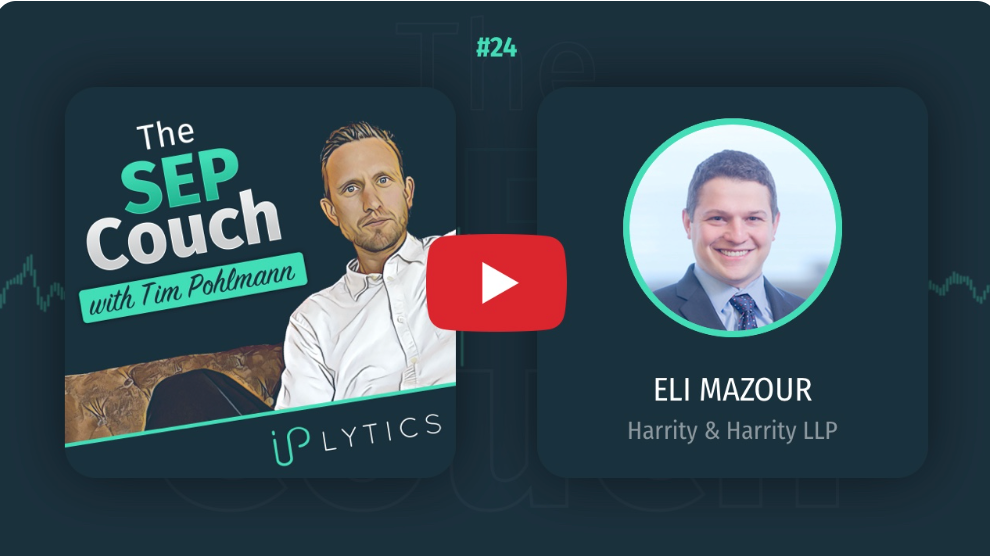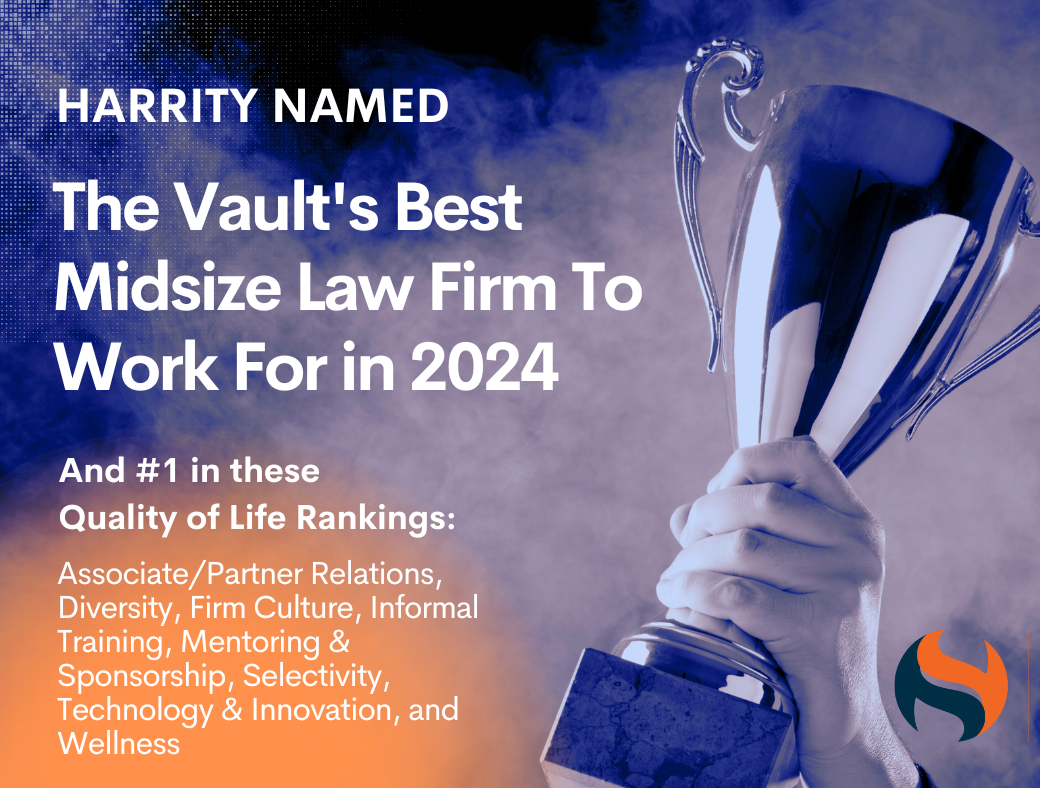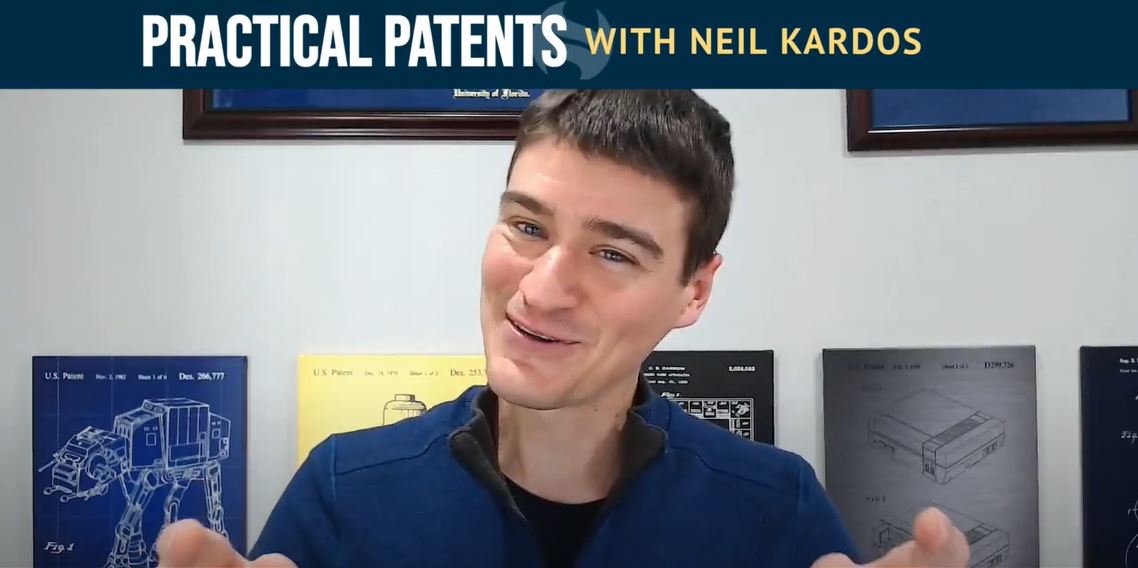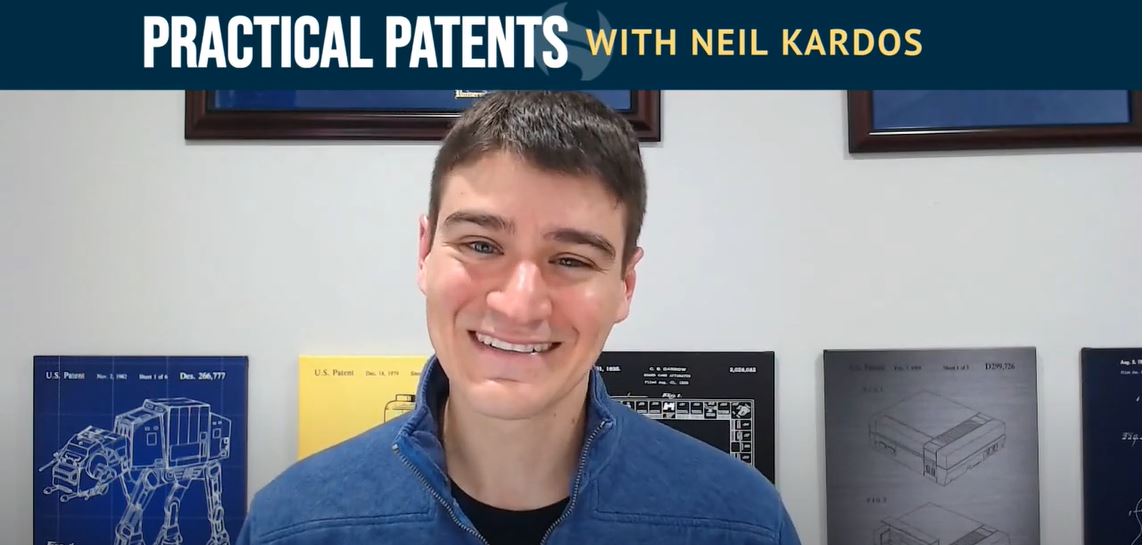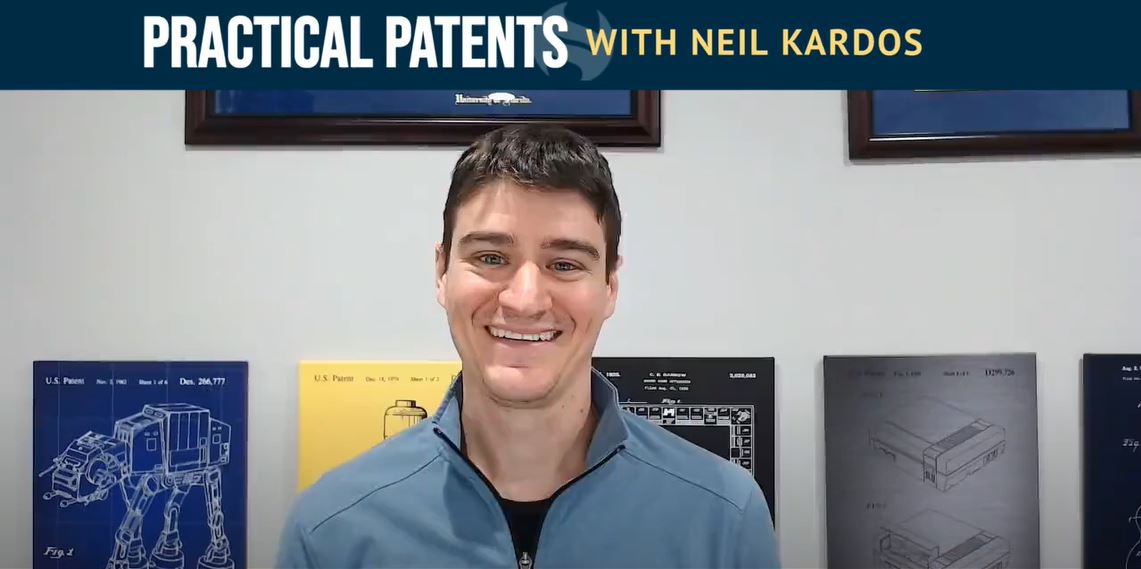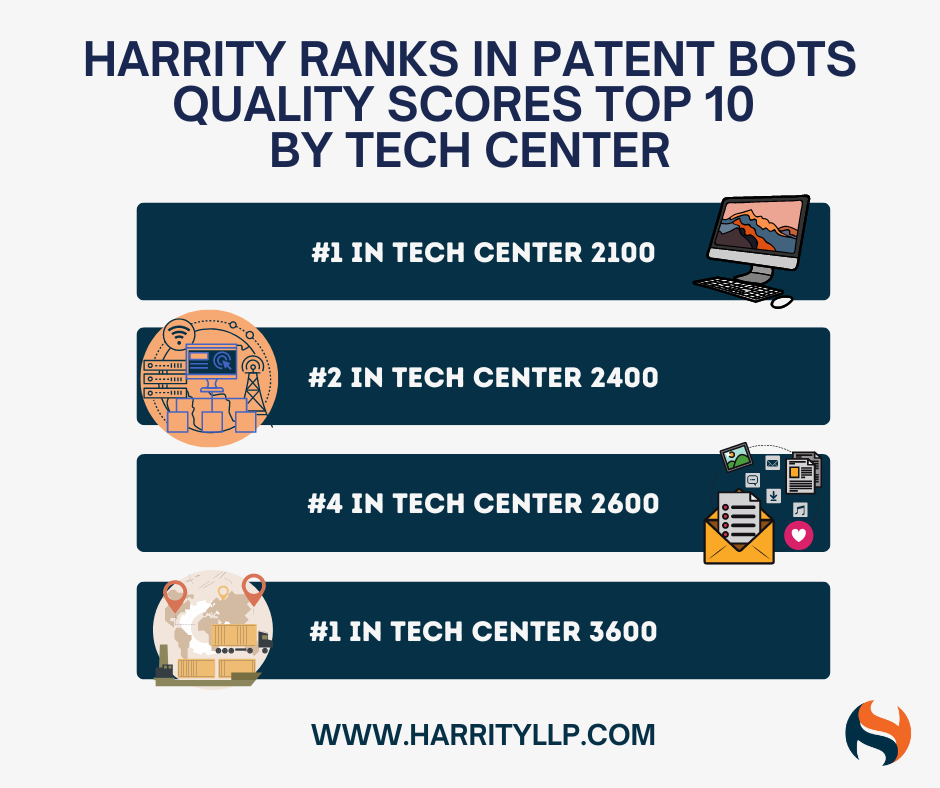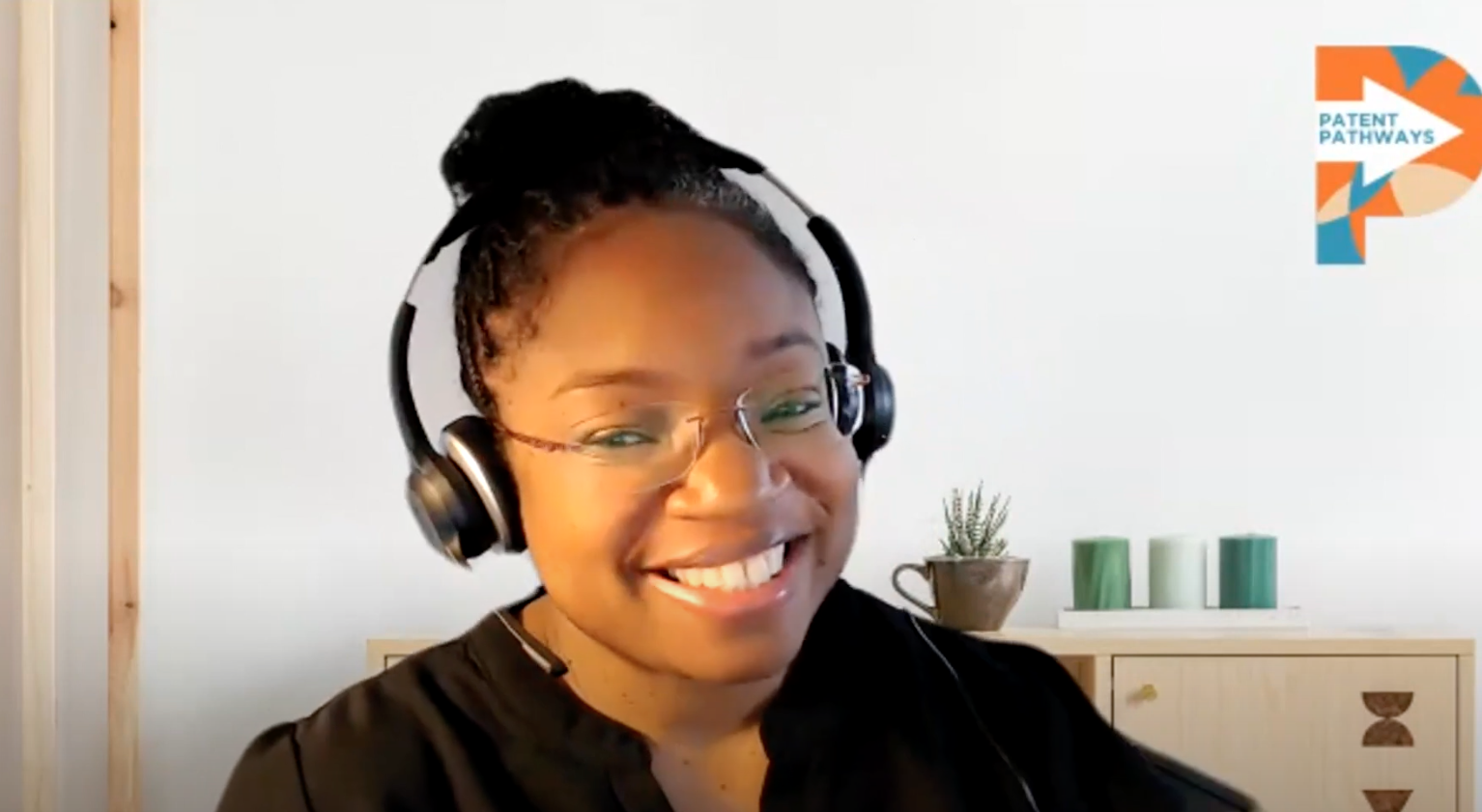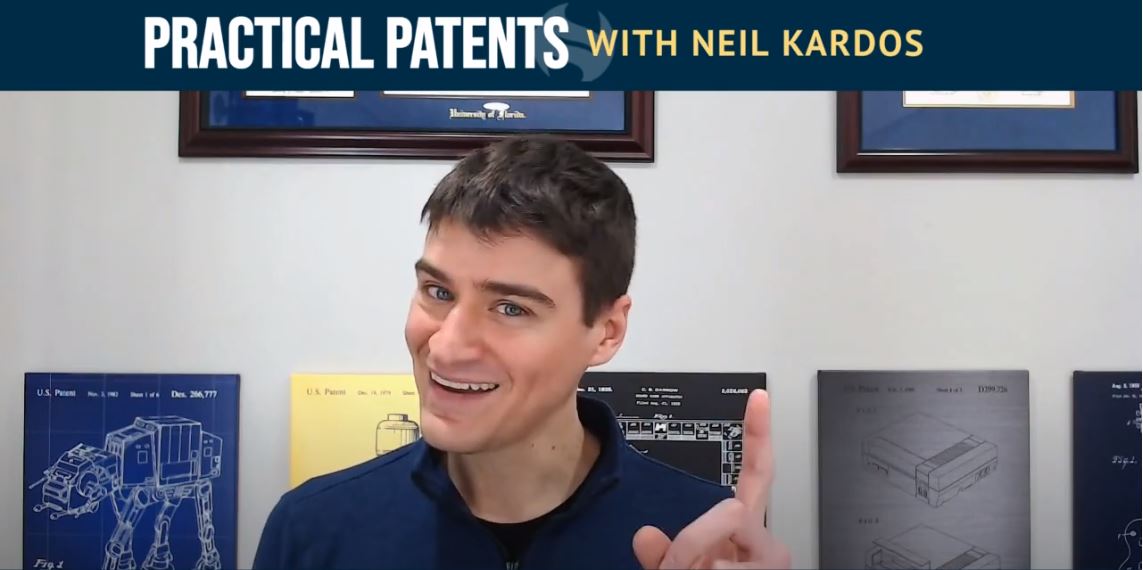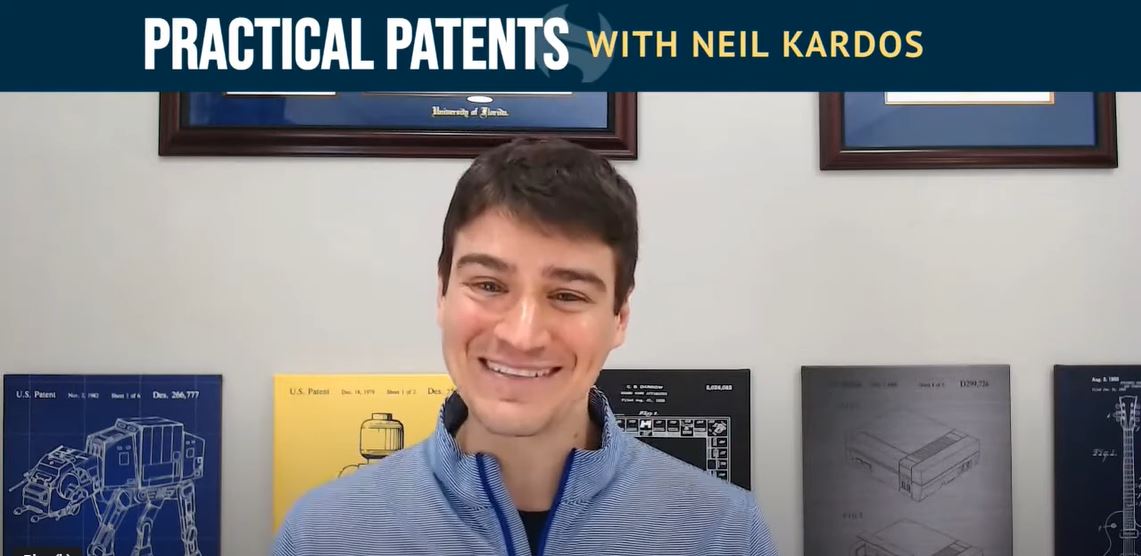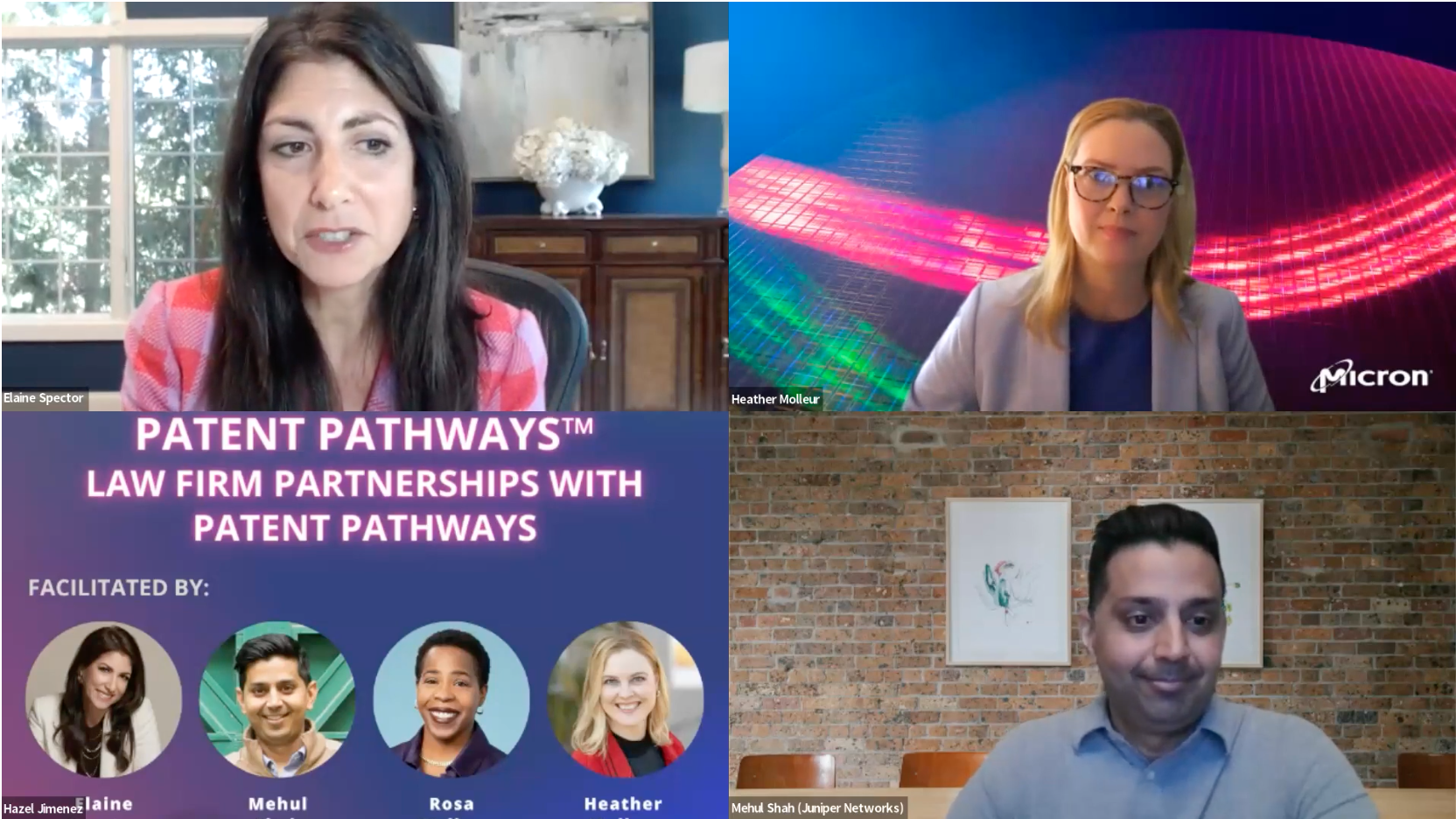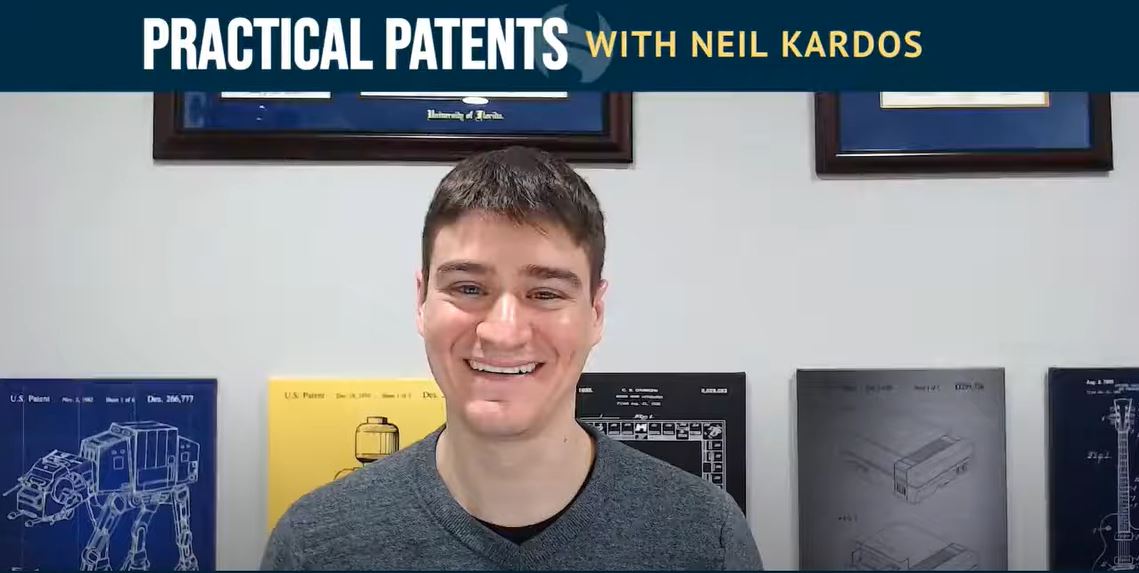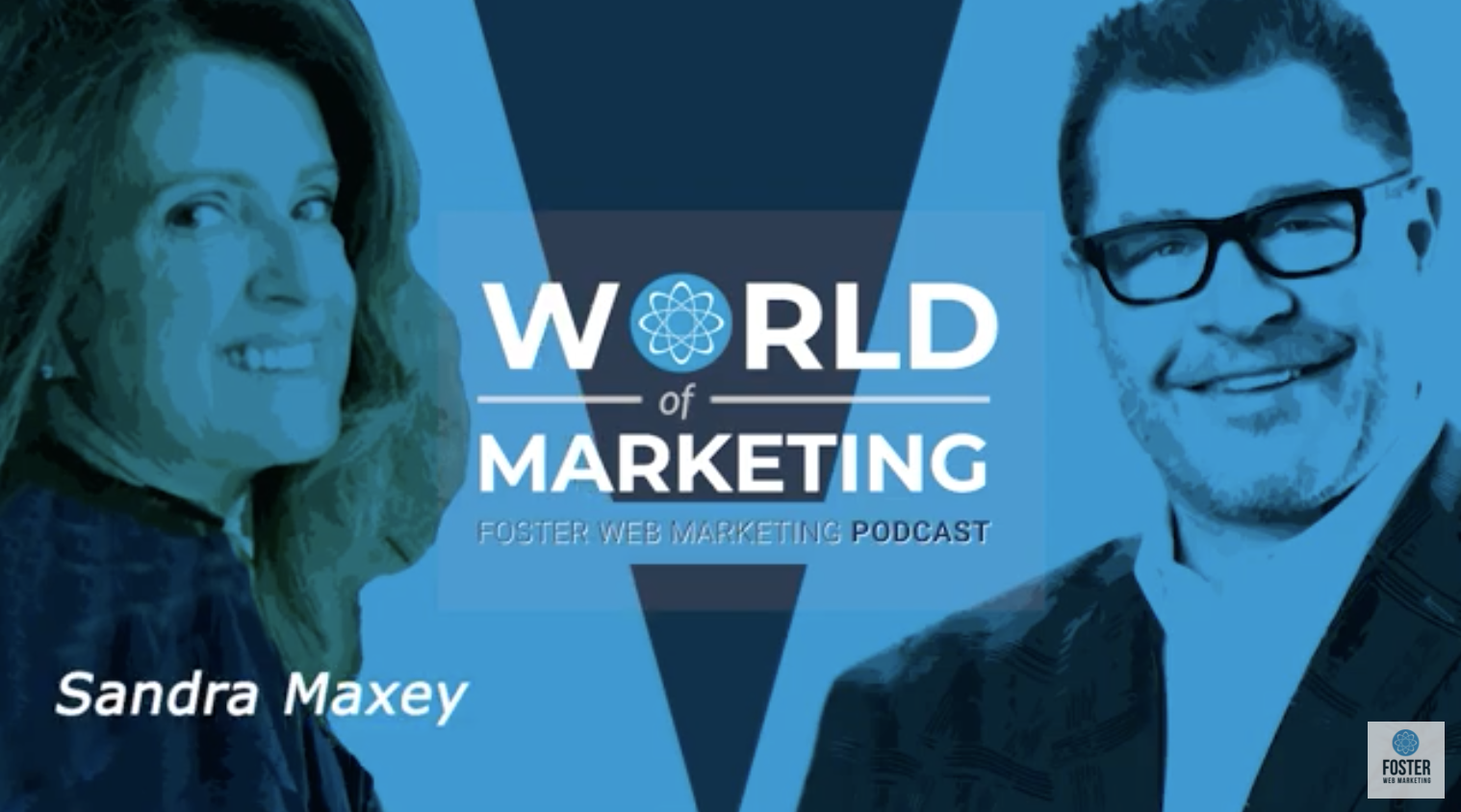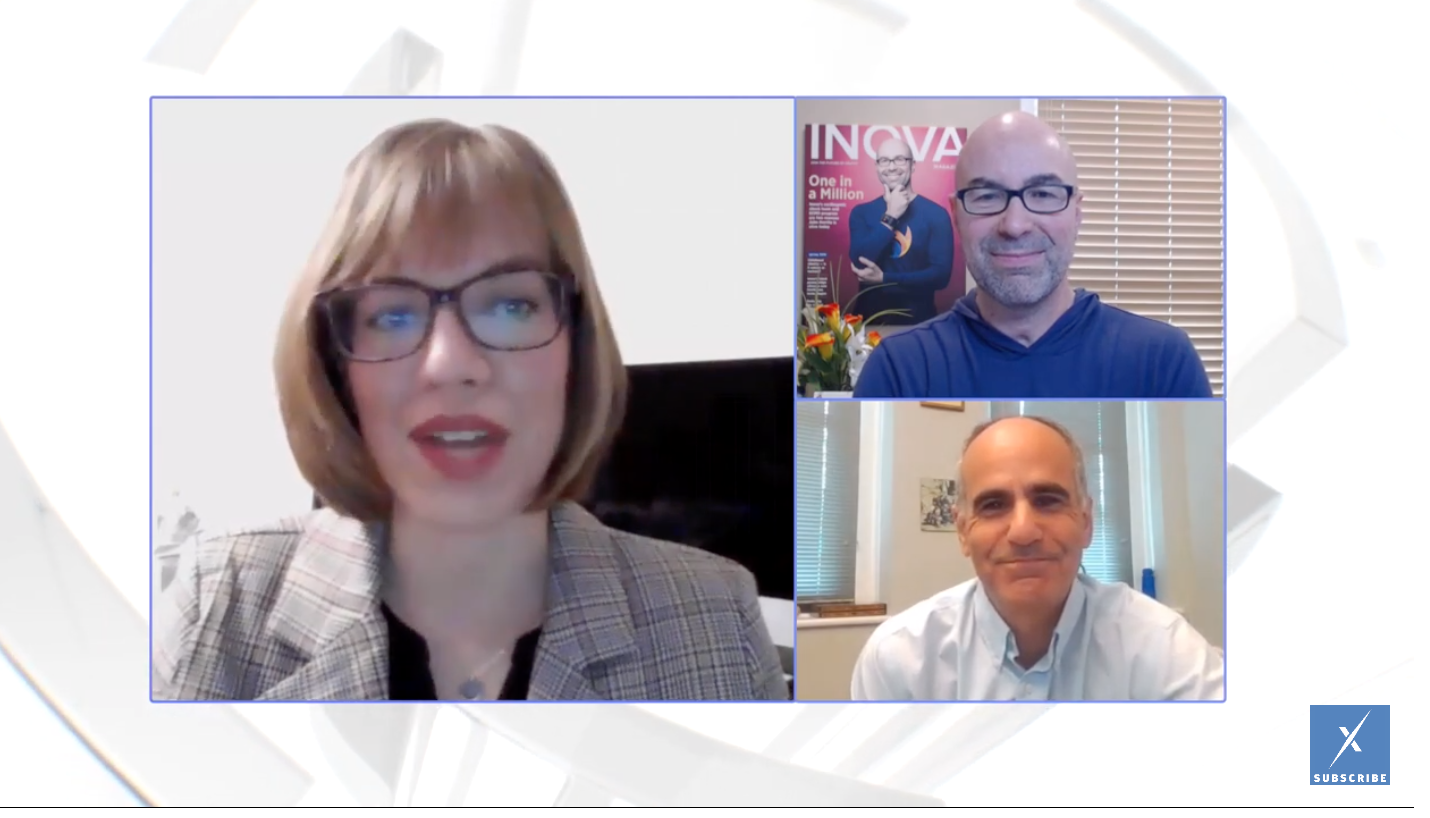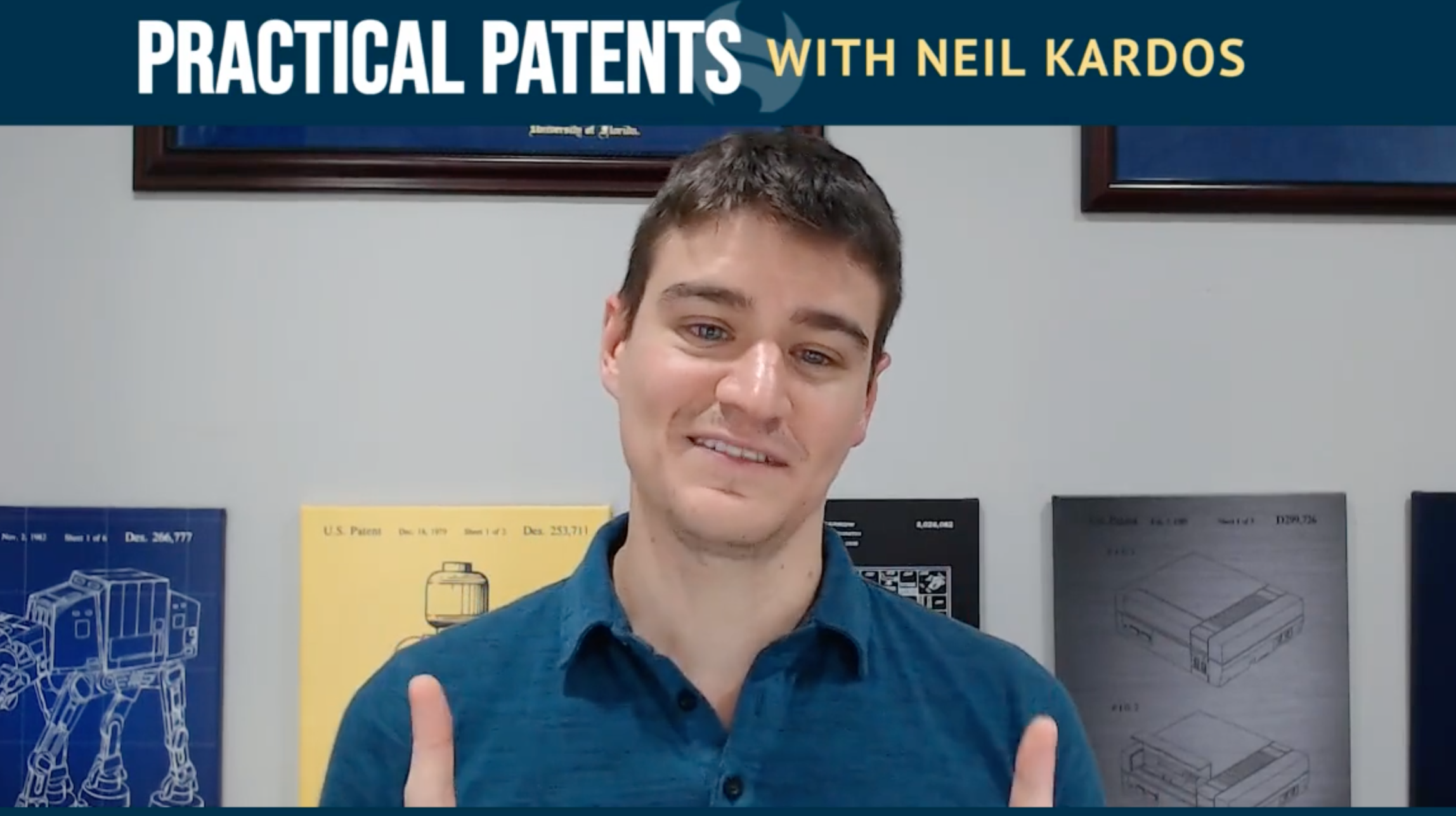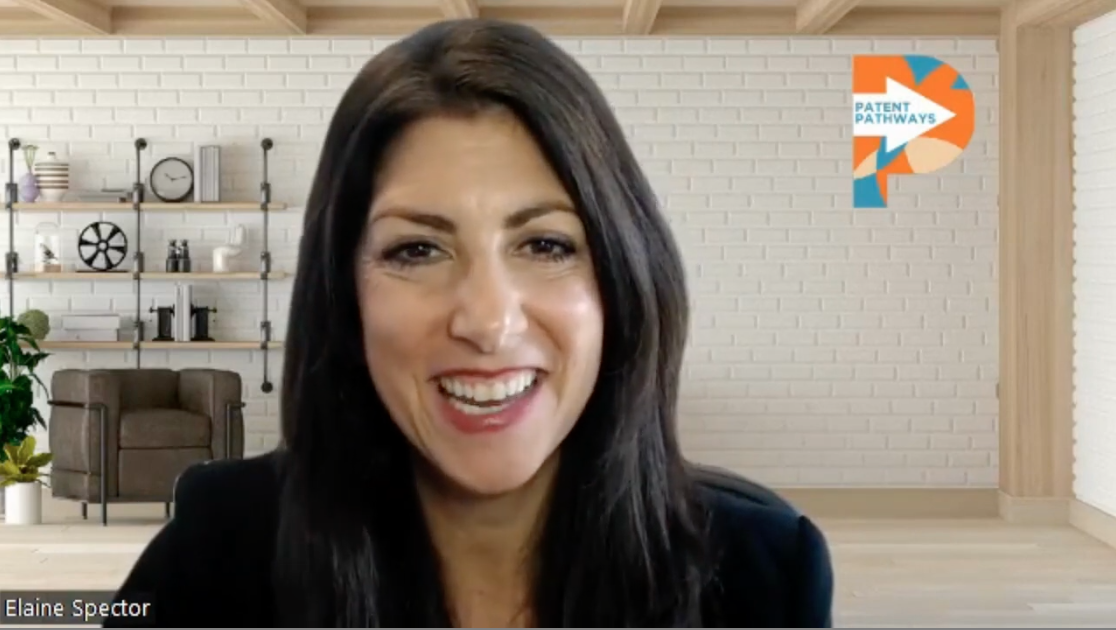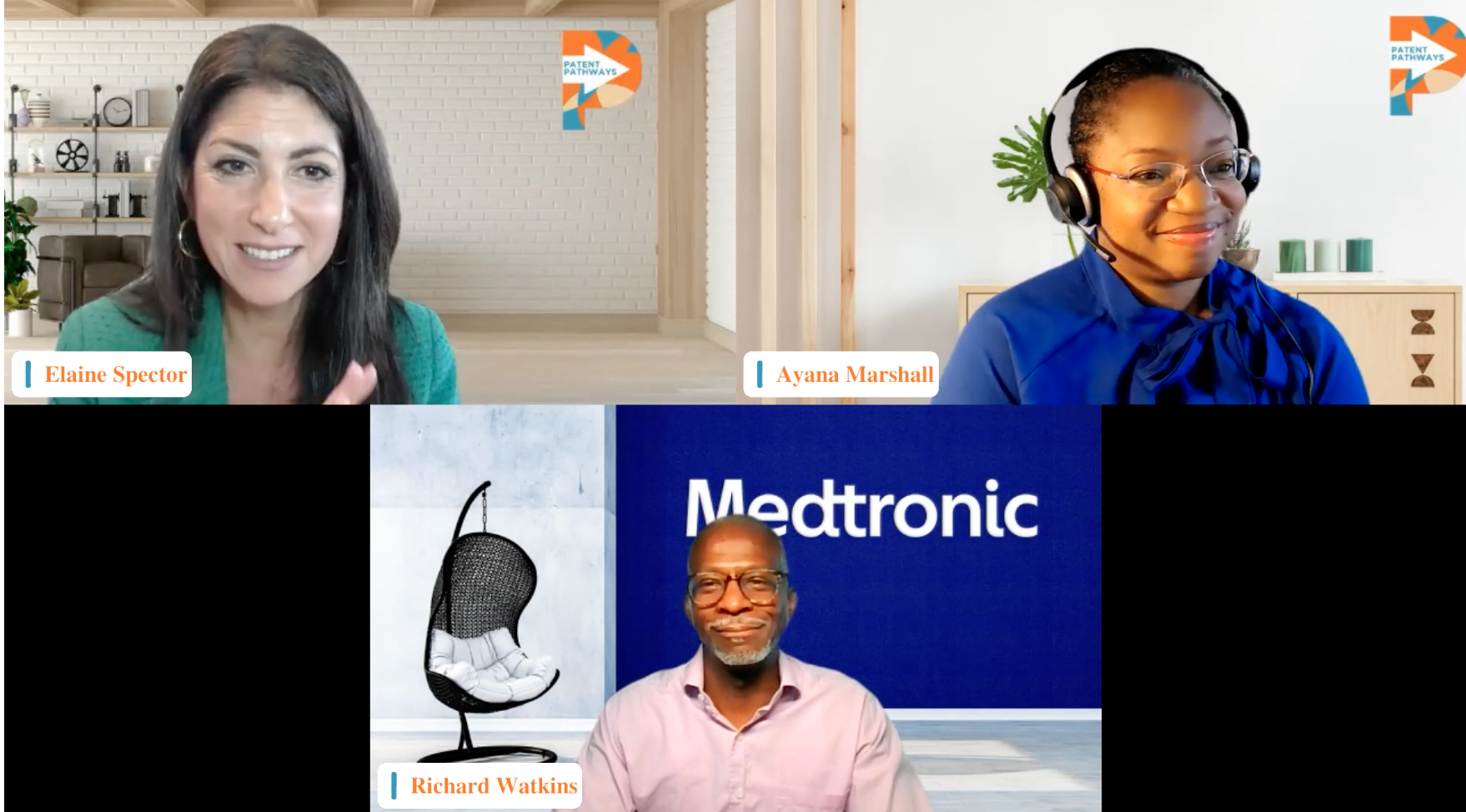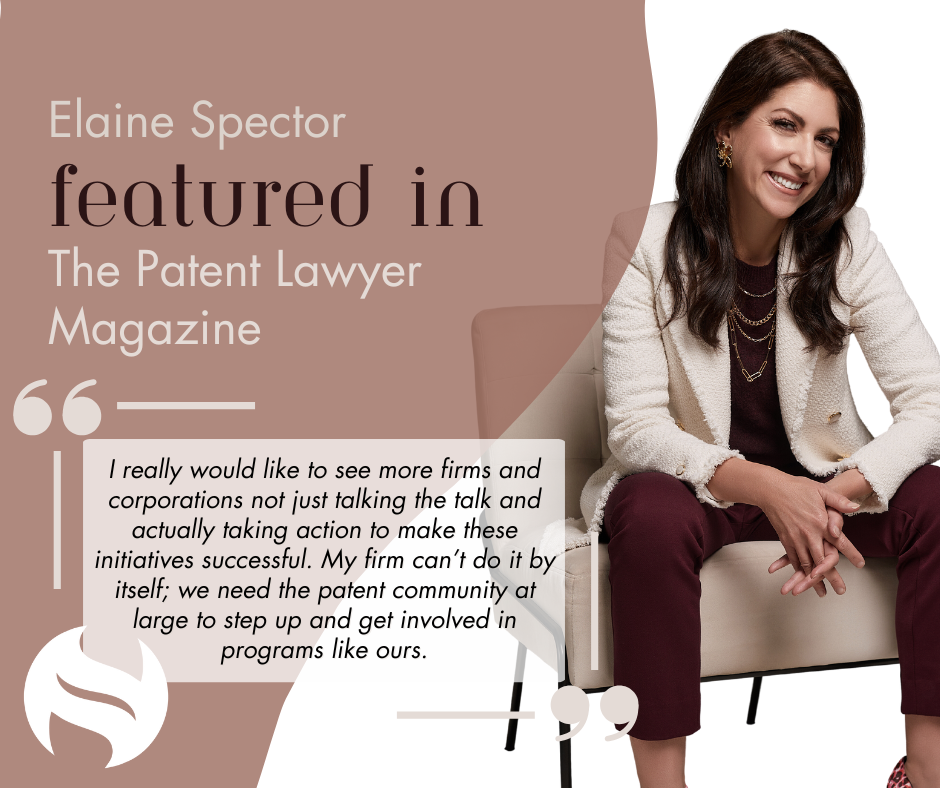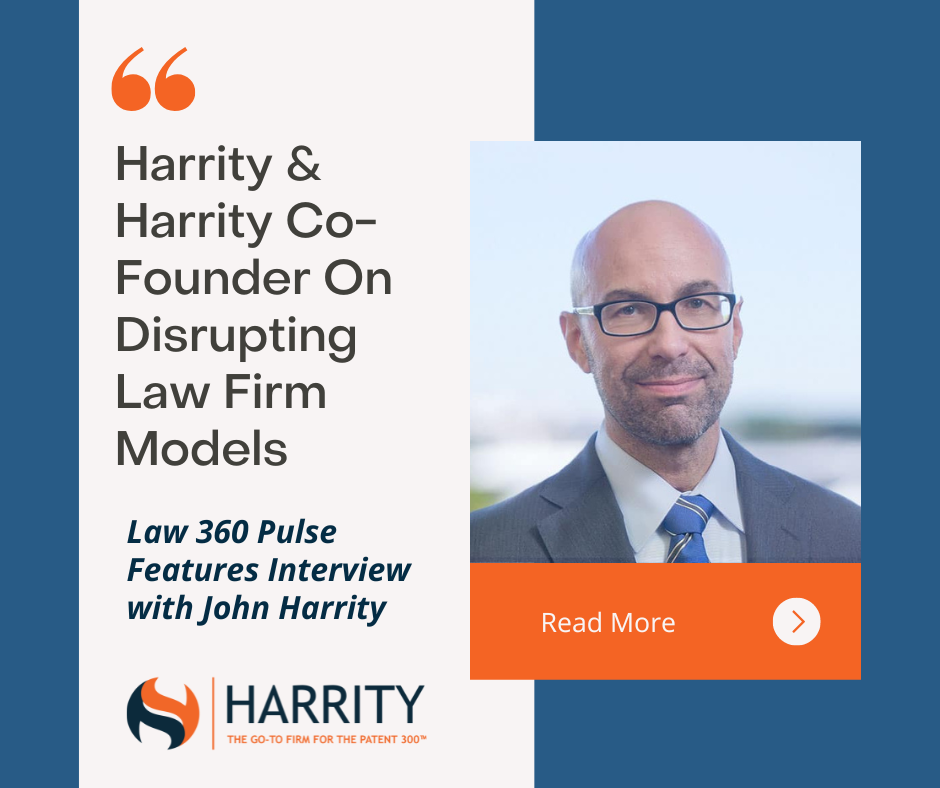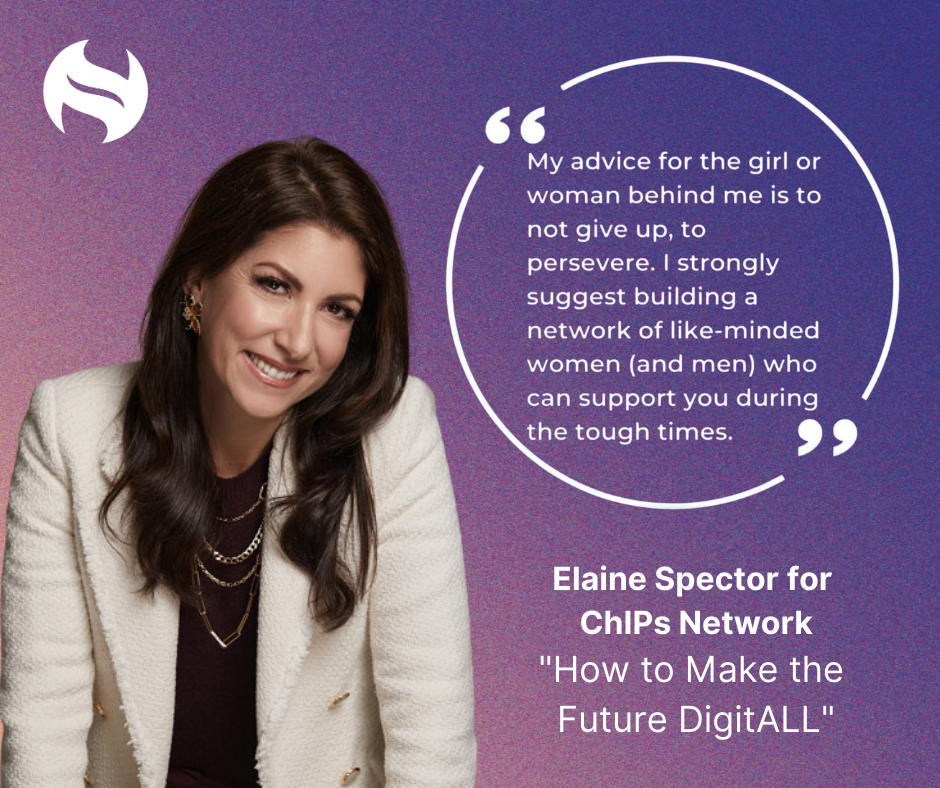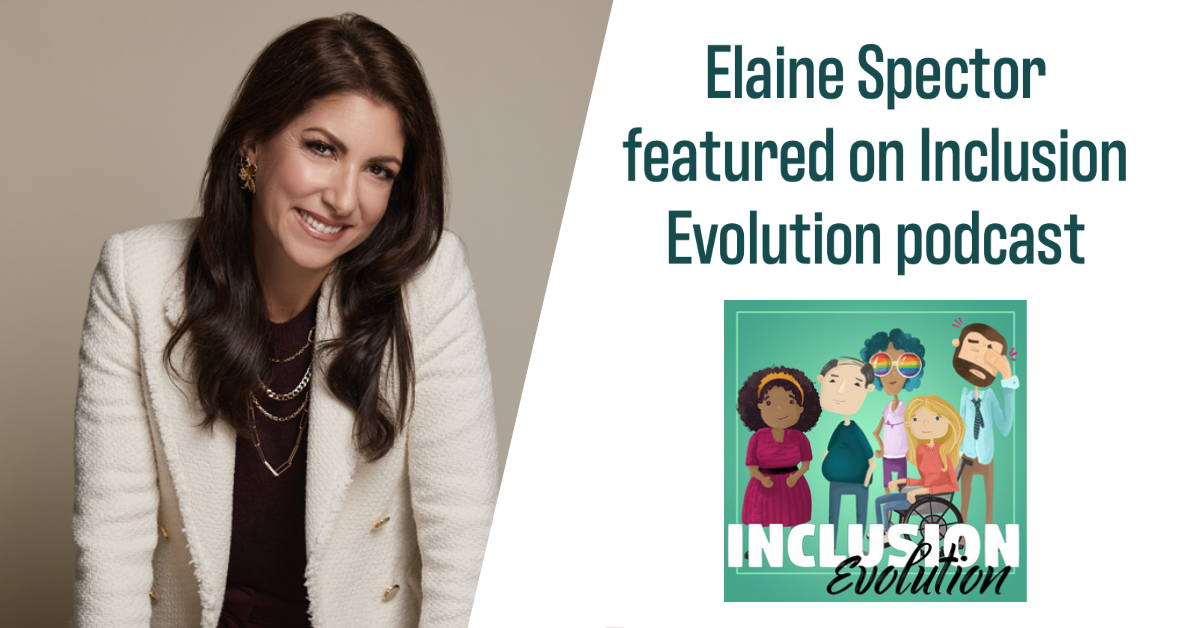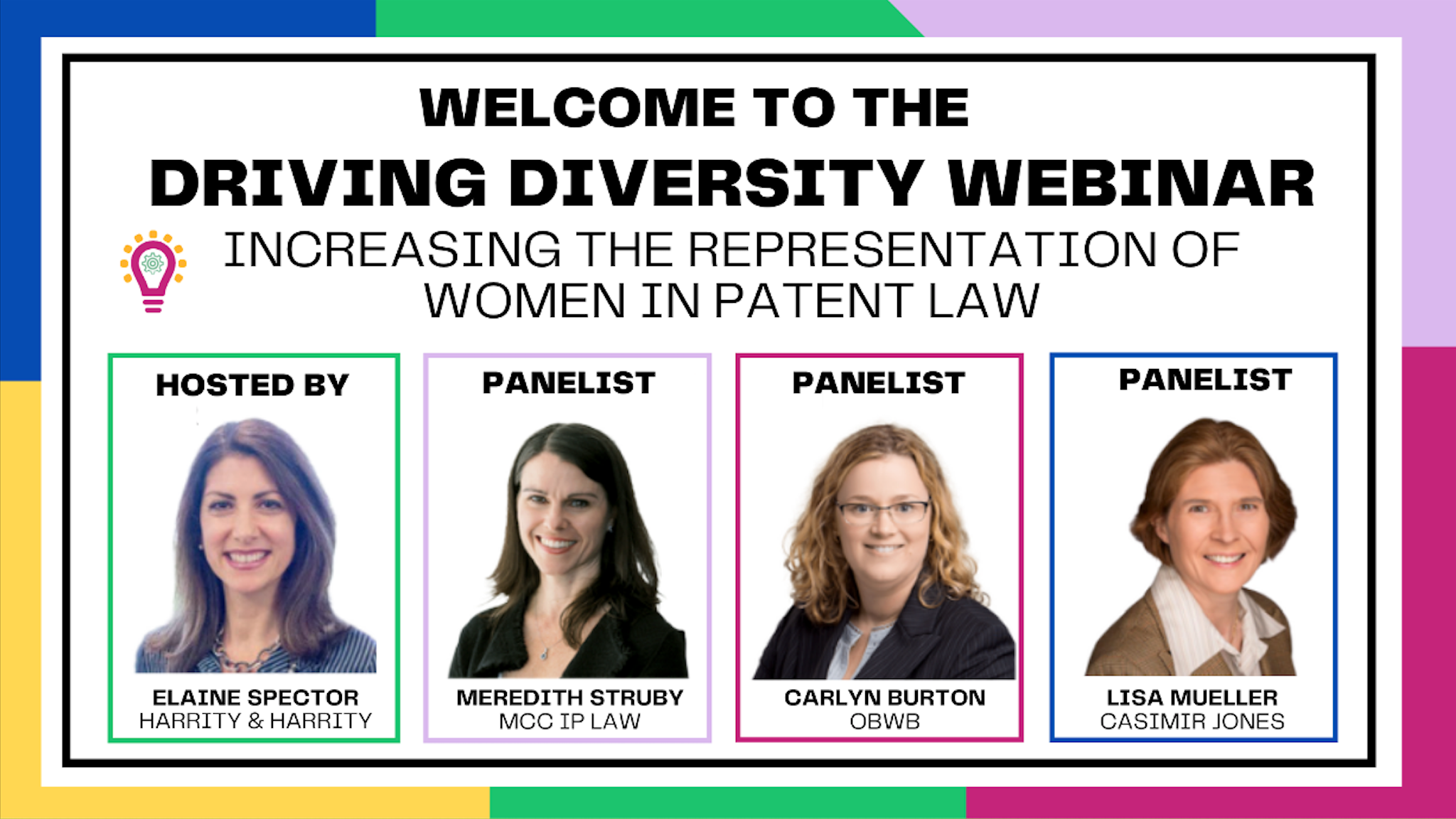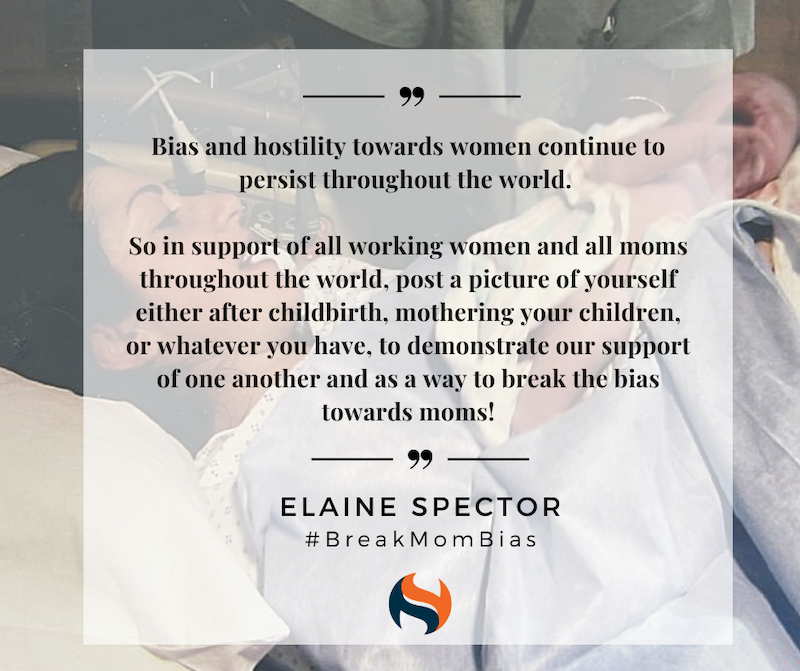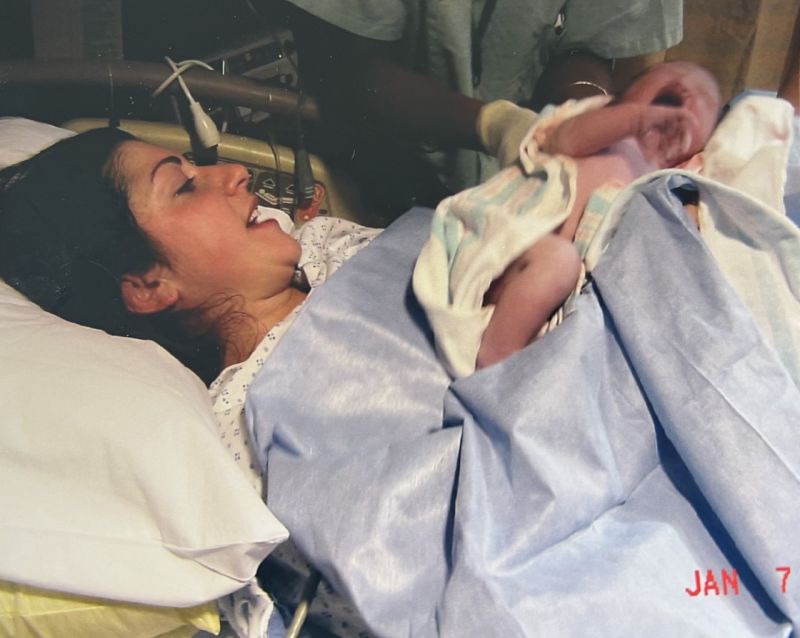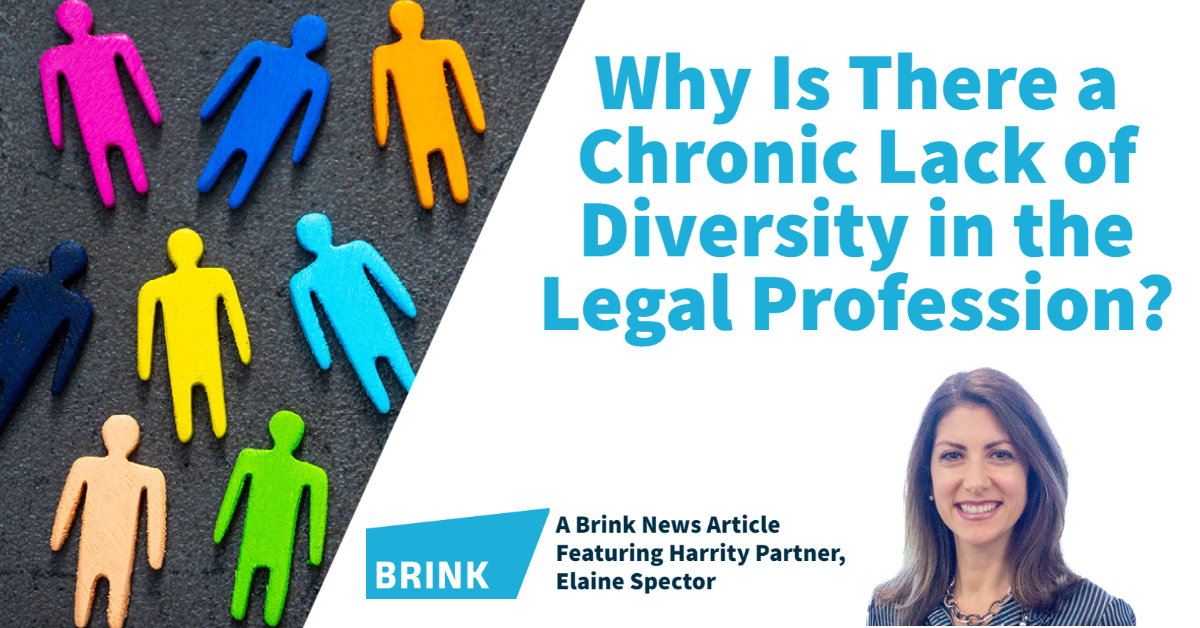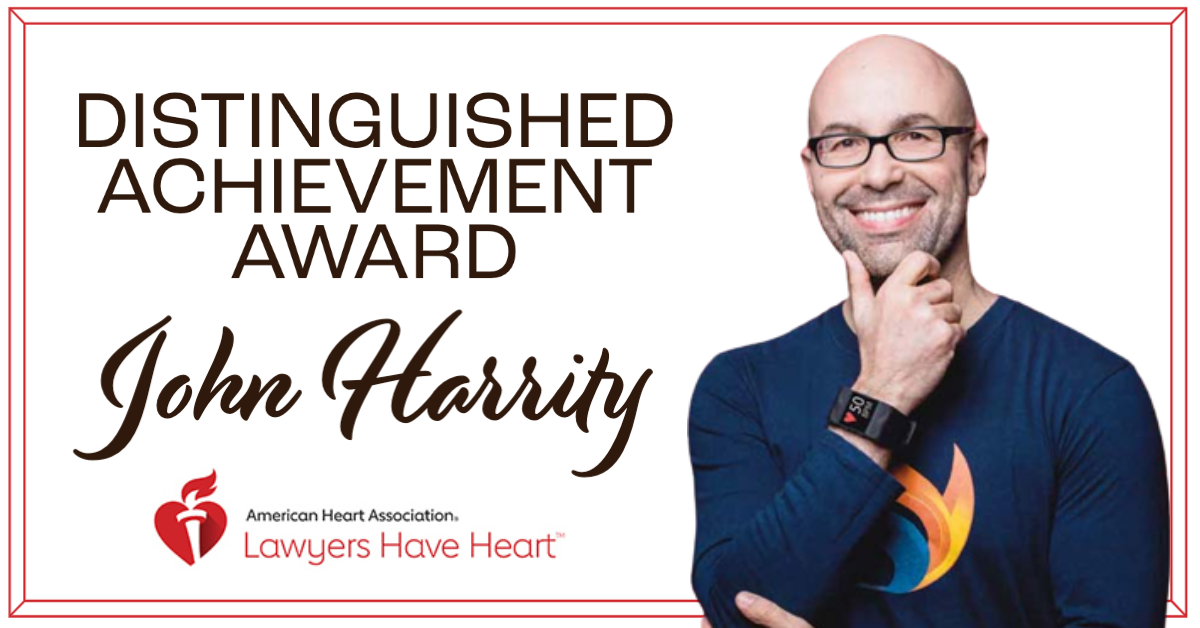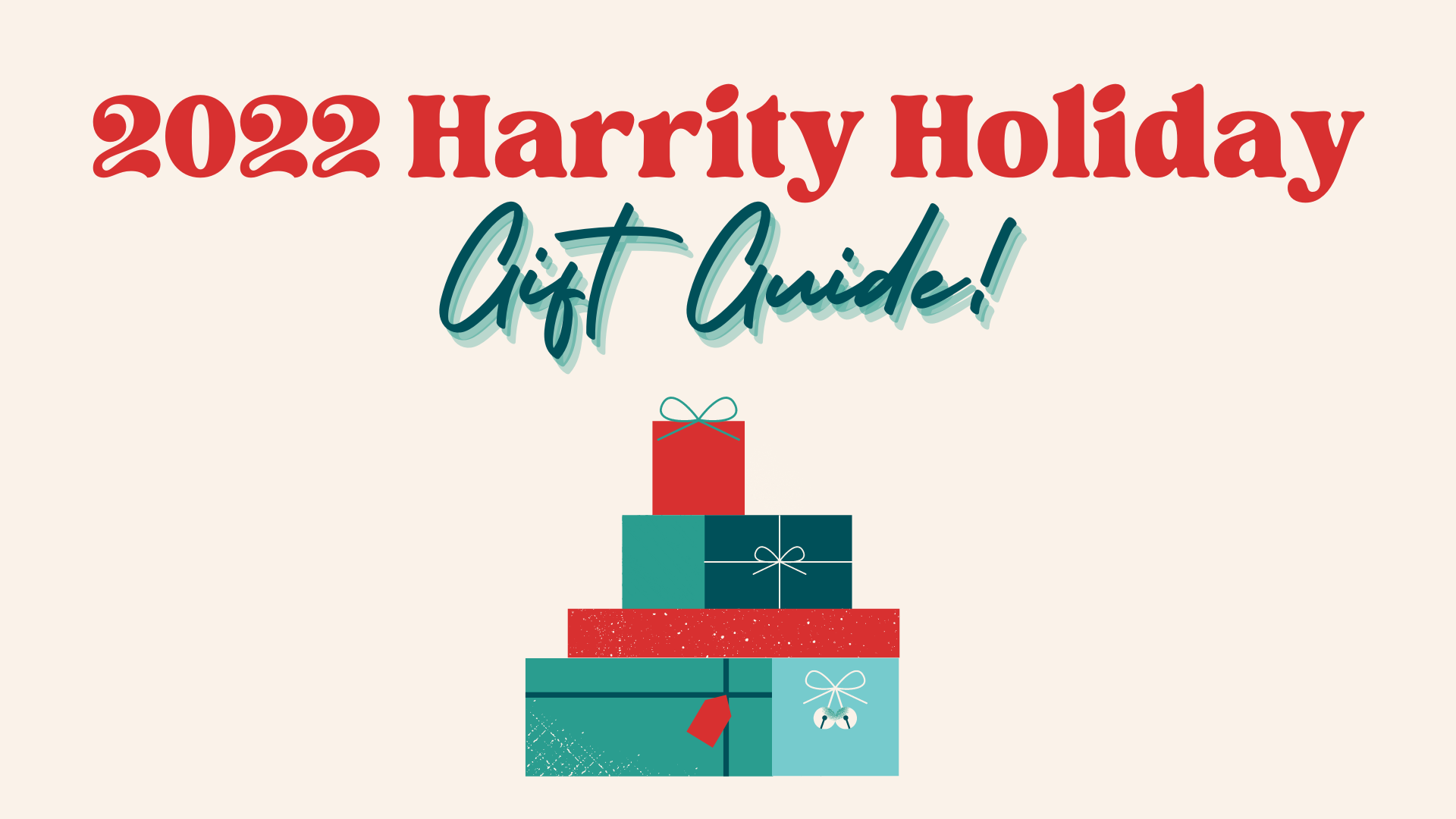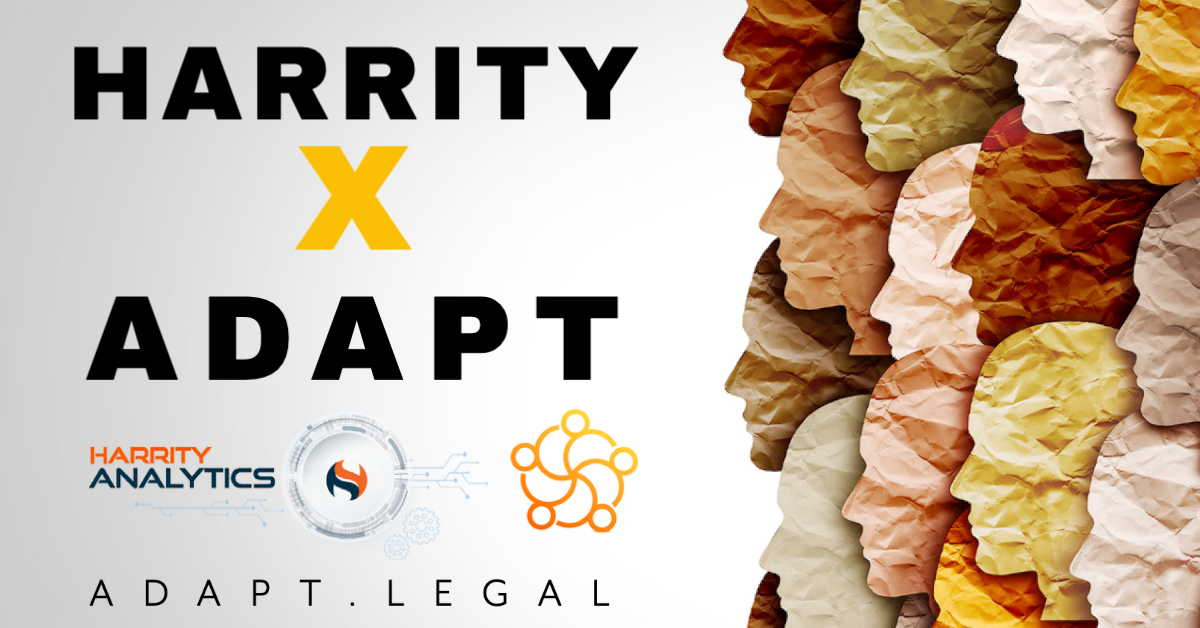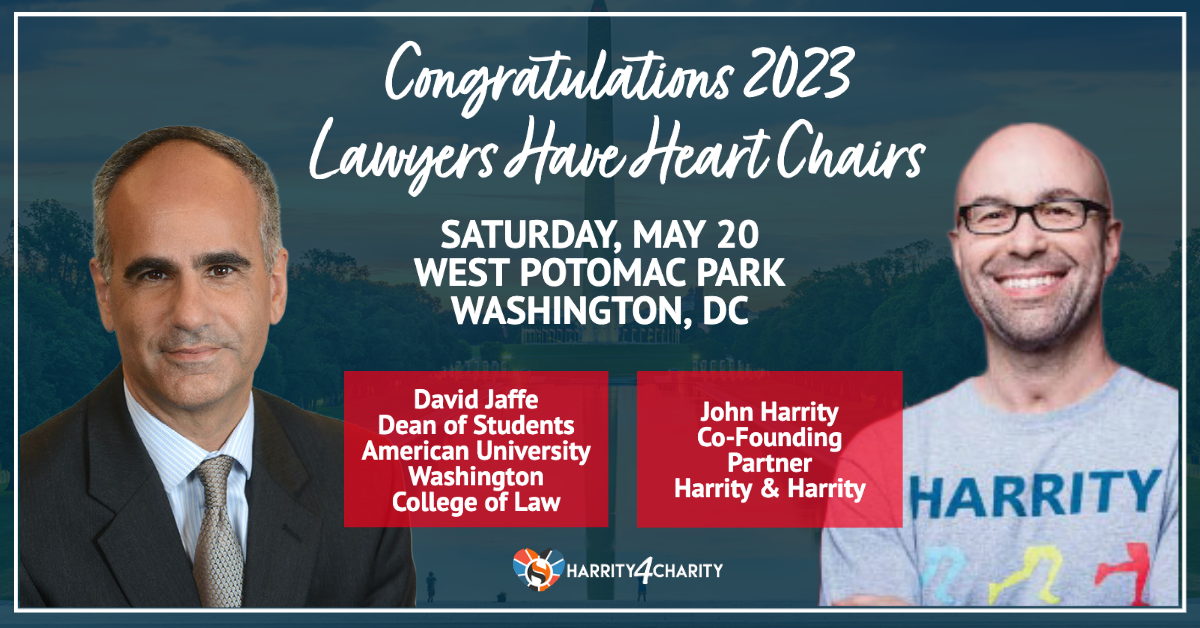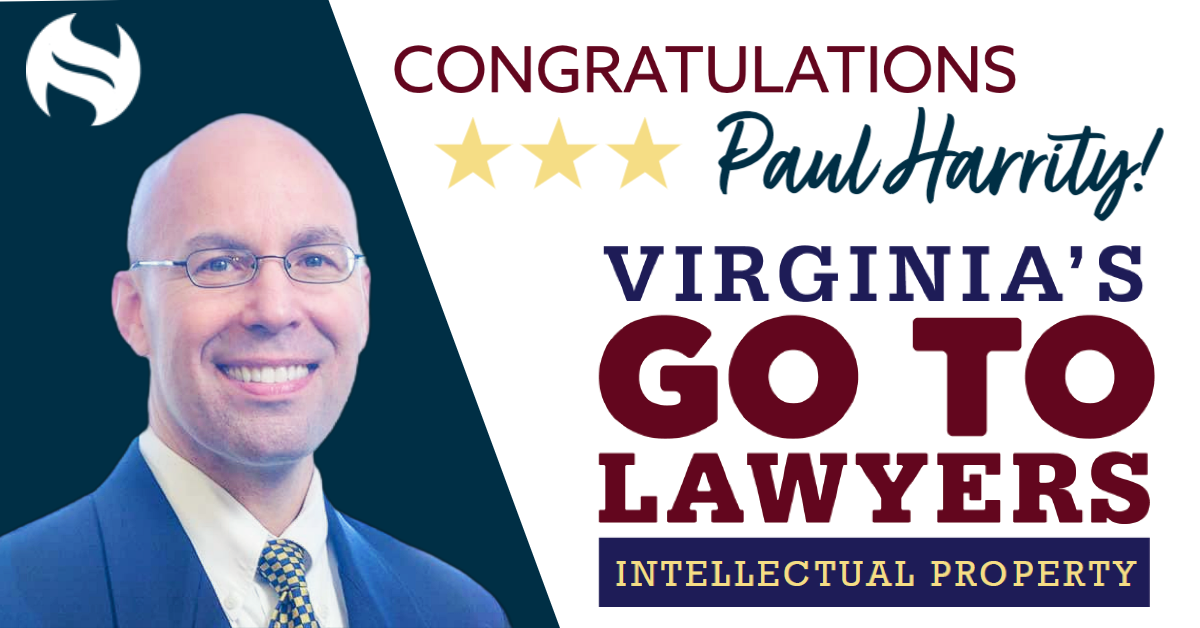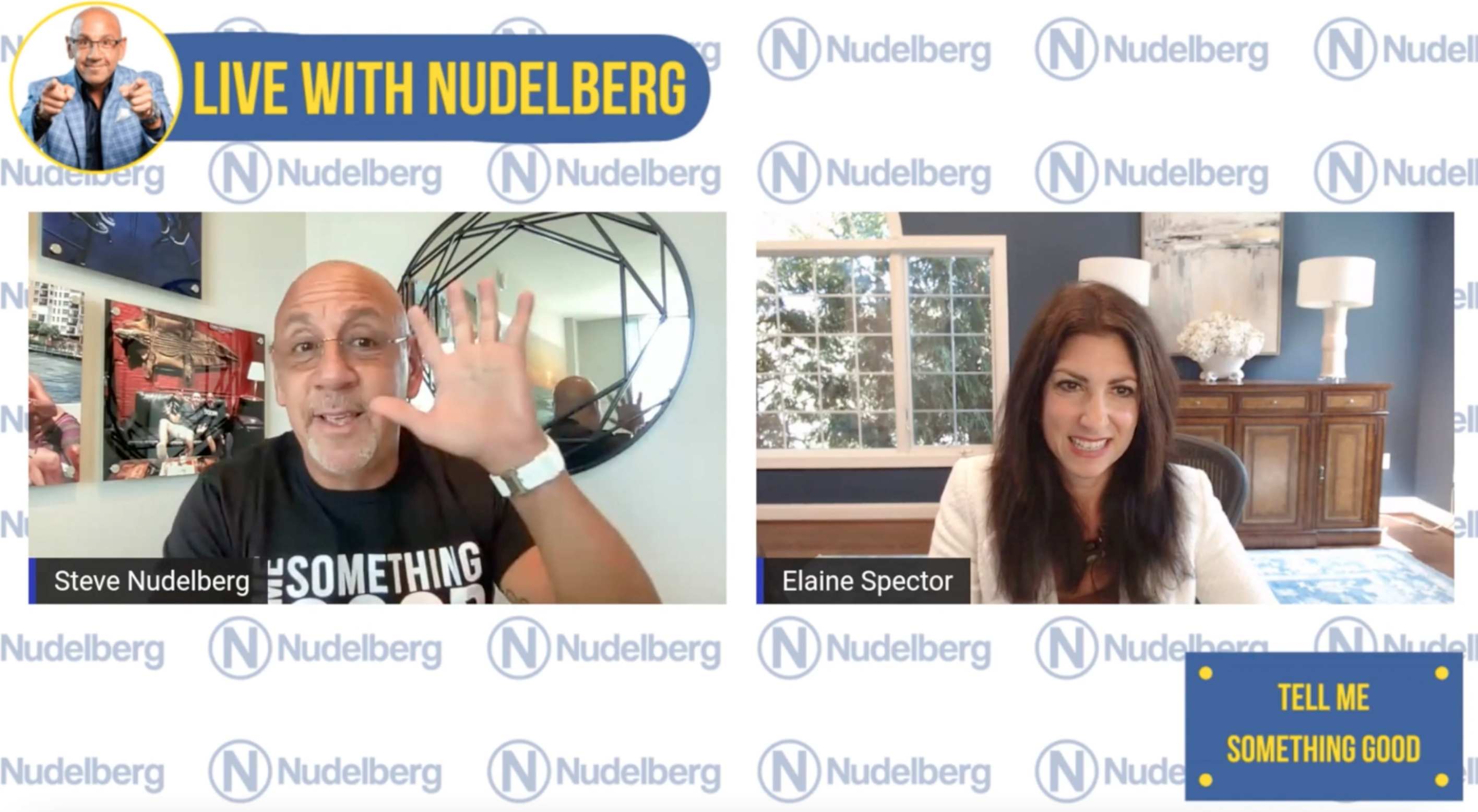Are you doing some last minute holiday shopping? Stumped on what to get that one person on your list that seems to have everything? Don’t worry, Team Harrity has got you covered!
We have put together our official holiday gift guide for all the tech lovers, remote workers, bookworms, and fitness fanatics in your life. These carefully curated gifts have been hand selected by our team members and include things that we all use in our everyday life!
TECH
Meta Quest 2 – All in One VR Headset
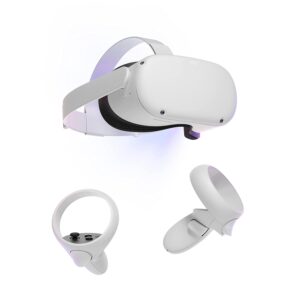
The Quest 2 is a team favorite here at Harrity! This one is perfect for a seasoned techie as well as someone who is new to the VR game.
You can buy it here
Bluetooth Wireless Headphones

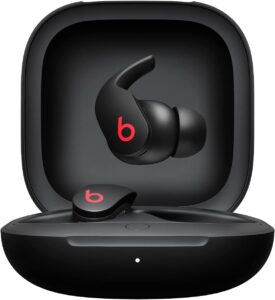
Whether it is to listen to music while working on an app, tuning in to a meeting while on a daily walk, or catching up on your show during your lunch break, wireless headphones are a great gift for all!
You can buy the 3rd generation AirPods here.
If AirPods aren’t for you, we also love the Beats Fit Pro. You can buy those here.
Fujifilm Instax Mini 7+

This little polaroid is a fun gift for the person in your life who is always snapping photos! This bundle comes with extra film, so there are plenty of opportunities for fun pics!
You can find it on sale here.
BOOKS
These books are all Harrity favorites, and are reads that we recommend again and again!
Start with Why: How Great Leaders Inspire Everyone to Take Action by Simon Sinek
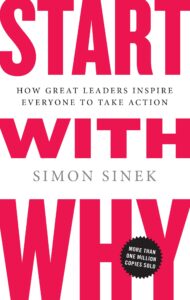
Find the leadership book we recommended to the Minority Firm Incubator 2.0 firms here.

Find this must read book that we send our newly hired attorneys here.
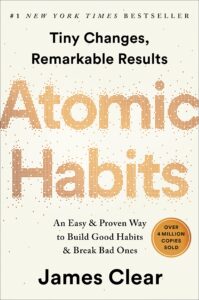
Find this practical self help book that our Marketing Director, Samantha Sullivan, recommends here.
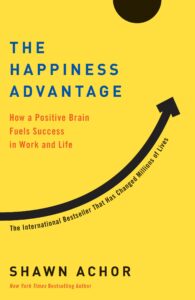
Find this “life-changing” guide to happiness that our Firm Controller, Sandra Maxey, recommends here.
Audible Subscription

Listen to these books we recommend plus so much more with a subscription to Audiobook.
WORK FROM HOME ESSENTIALS
Being a fully remote firm, Team Harrity has definitely come across some must have items for those who work from home.
Logitech C920x HD Pro Webcam
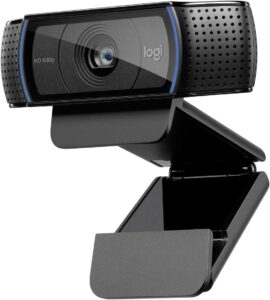
A good webcam that shows your face clearly is a must for a remote team.
You can find the one that we use here.
Phone Tripod Stand with Bluetooth Remote
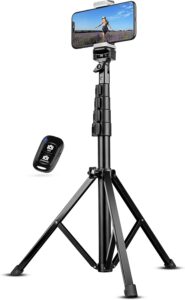
For someone who is creating content (videos, taking photos, etc.), this phone tripod is awesome. We really love it because it has a bluetooth remote so you can start and stop the video without having to do the awkward “press record and step back quickly” move.
You can find it here.
Desktop Ring Light

Have you seen Elaine Spector‘s Driving Diversity videos? Her secret to looking professional and polished in those videos and in meetings? A ring light!
You can find the one that we recommend here.
Height Adjustable Standing Desk Converter
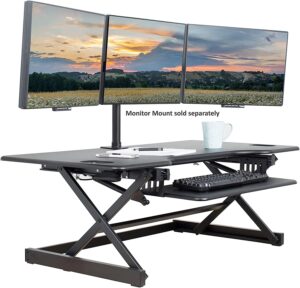
Sitting all day can get tiresome, so we always recommend a standing desk or a more affordable option- a standing desk converter.
You can find the one that Partner, Neil Kardos, recommends here.
He also recommends this supportive floor mat to go along with it.
Glass Desktop Computer Pad Whiteboard

This desktop whiteboard is a great way to take notes and save space on a smaller desk. We love this one because of they hidden pull-out storage it has!
You can find it here.
Coffee Mug Warmer

Sometimes when you get focused on work, you can forget about you wonderful caffeinated drink. And nobody likes cold coffee. This is the perfect gift for the coffee lover in your life!
You can find the one that our Patent Prosecution Specialist, Clarissa Brandt, recommends here.
Mini Fridge
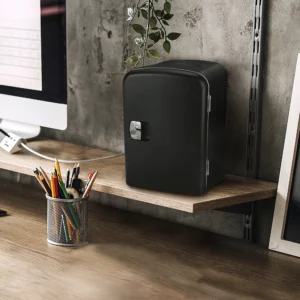
Anyone who works from home knows that the worst thing ever is having to interrupt your flow to get a drink or a snack. This mini fridge is perfect to keep in a home office so you can just reach over and get what you need!
Find this one on sale here.
NovelKeys Deskpad
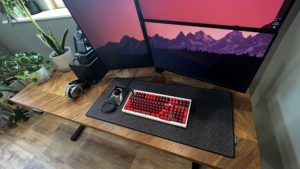
A deskpad is like a supersized mouse pad that goes under your mouse and keyboard. It protects your desk from scratches and provides a nice aesthetic accent to any work from home (or office) setup.
You can find the one that Partner, Ryan Thelen, loves here.
Swag from our Harrity 4 Charity Online Shop!
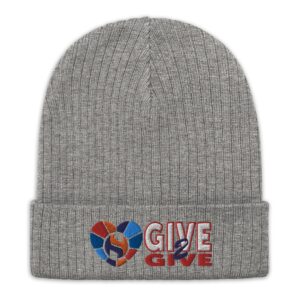
Shameless plug, but our Harrity 4 Charity swag is really pretty awesome! There is never a shortage of Harrity sweatshirts or Patent Pathways™ tees on our firmwide meetings. The best part? 100% of net proceeds go to our partner charities!
You can shop our essential & holiday collection here.
FITNESS FINDS
2 in 1 Under Desk Treadmill
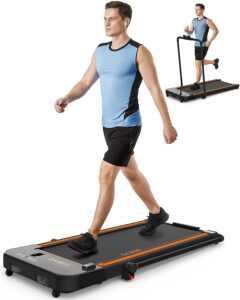
This under desk treadmill is the perfect way to get your steps in and close your rings while working. Pair it with the standing desk converter for the perfect office set up!
You can find the one we recommend here.
On Cloud Cloud 5 Shoes
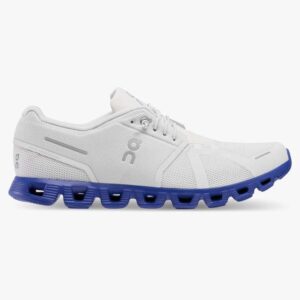
We think these are worth the hype! Not only are they stylish, but they are really like walking on air. We love the Cloud 5 shoes for their versatility and breathable material.
Wear these on your next walking meeting by purchasing them here.
Fitbit Charge 5
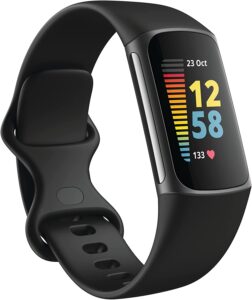
A crowd favorite for a reason, the Fitbit is a great fitness tool to pair with any device you have. We love this one for it’s stress tracking feature and it’s slim profile, making it perfect to wear with long sleeves.
You can find it here.
Jump N Rope
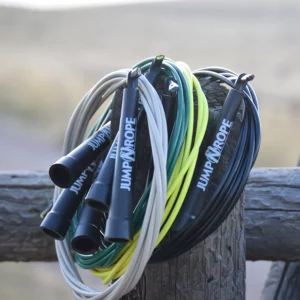
This innovative jump rope was designed by jump rope expert and inventor, Molly Metz, to help athletes perform. Molly will be featured on the upcoming season of the Clause 8 Podcast, hosted by Eli Mazour!
Check out the revolutionary jump rope perfect for the CrossFit lover in your life and read Molly’s story here.
HARRITY FAVES
Here are some of our tried and true gifts that our team loves!
Eye Massager Mask
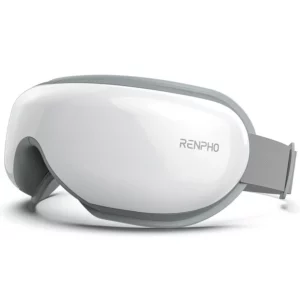
After a long day of looking at the computer screen, this eye massager is a great tension reliever. Just pop it on, turn some music on through the bluetooth speaker function, and relax ????♀️????♂️
Find the one that we love here.
Soft Slide Sandals

These trendy pillow slides are perfect to wear indoors or outdoors. We love them for their soft soles and rubber material, which makes them super easy to clean!
Find the highly rated pair we love here.
Bionic Wrench

You may recall hearing Eli Mazour’s season 3 episode of Clause 8 where he interviews Professor Dan Brown and Dan Brown Jr., the father and son duo behind Loggerhead Tools. This tool is kind of a big deal in the patent world, and there’s a good reason why!
You can listen to the in-depth conversation on with Dan Brown and Dan Brown Jr. here.
You can find the Bionic Wrench, the perfect tool for the DIYers in your life, here.
Bluetooth LED Strip Lights
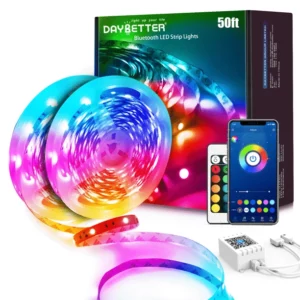
These lights are such a good addition to any room. We love them because they are app and remote operated and can sync up to any song you have on your playlist!
Find them here.
Meat Chopper

This meat chopper is absolute must-have for our New Apps team (no really… they all have one!). The chef in your life will love how easy this makes meal times!
Find the one that New Applications Manager, Sara Dodge, recommends here.
A Donation to One of Our Partner Charities!
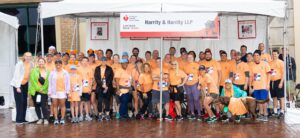
Now through the end of the year, we will be matching gifts made to our Harrity 4 Charity partners: Inova Children’s Hospital ($100,000 match), No More Stolen Childhoods ($100,000 match) and ZERO—The End of Prostate Cancer ($100,000 match), and starting 12/1, the American Heart Association ($50,000 match). Please consider making a donation in your friend’s or family member’s name by the end of the year to have your impact doubled!
